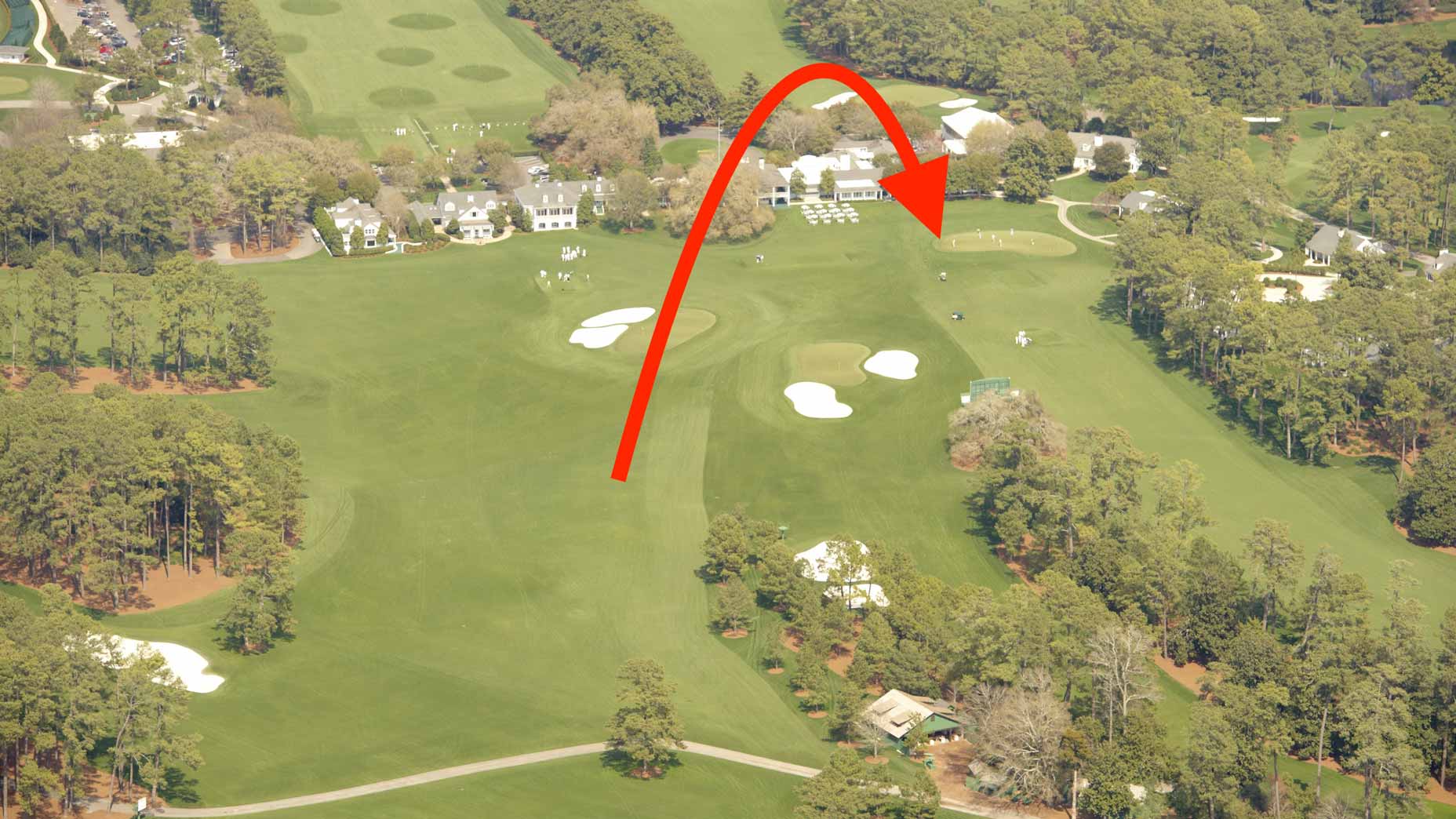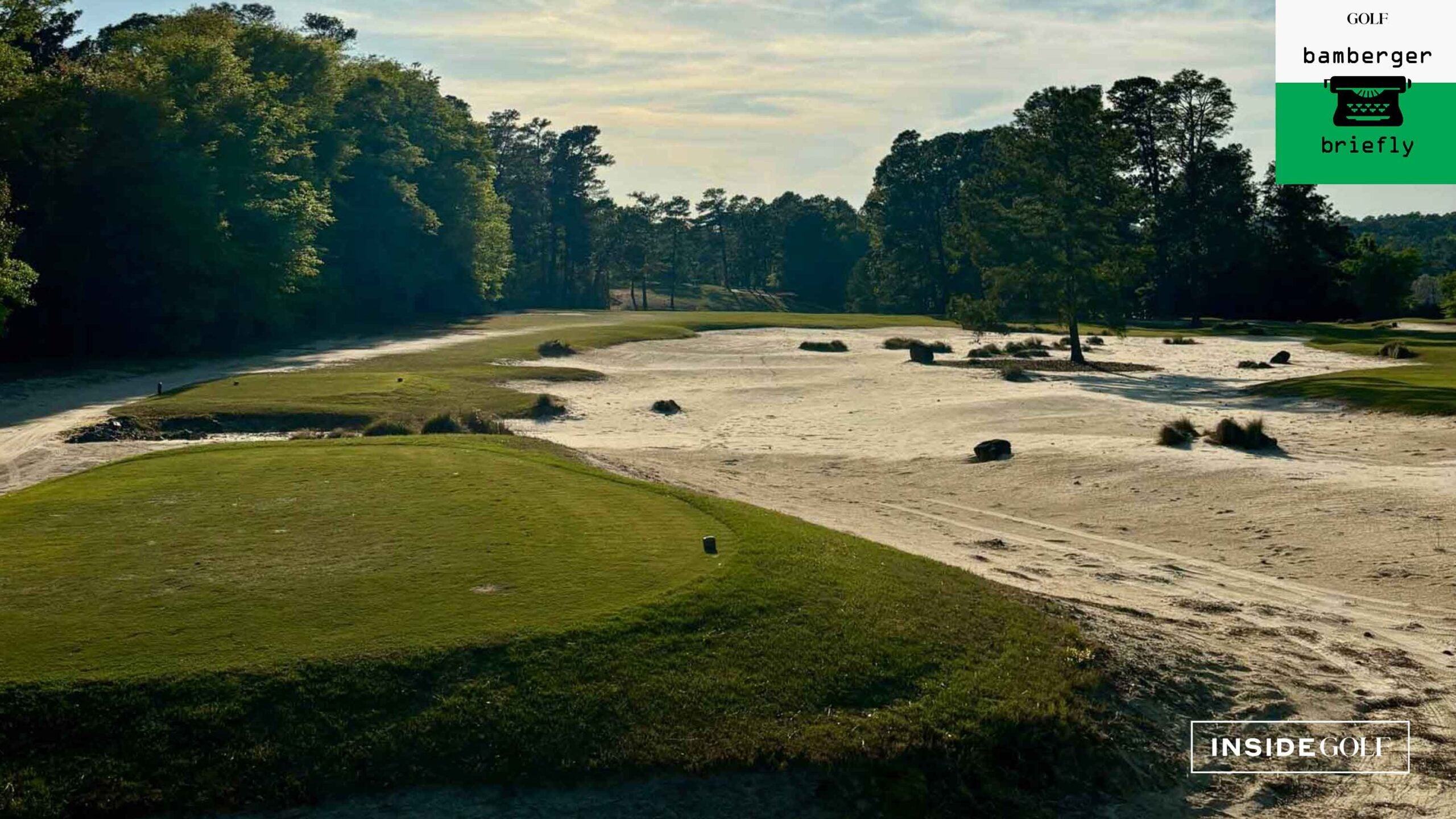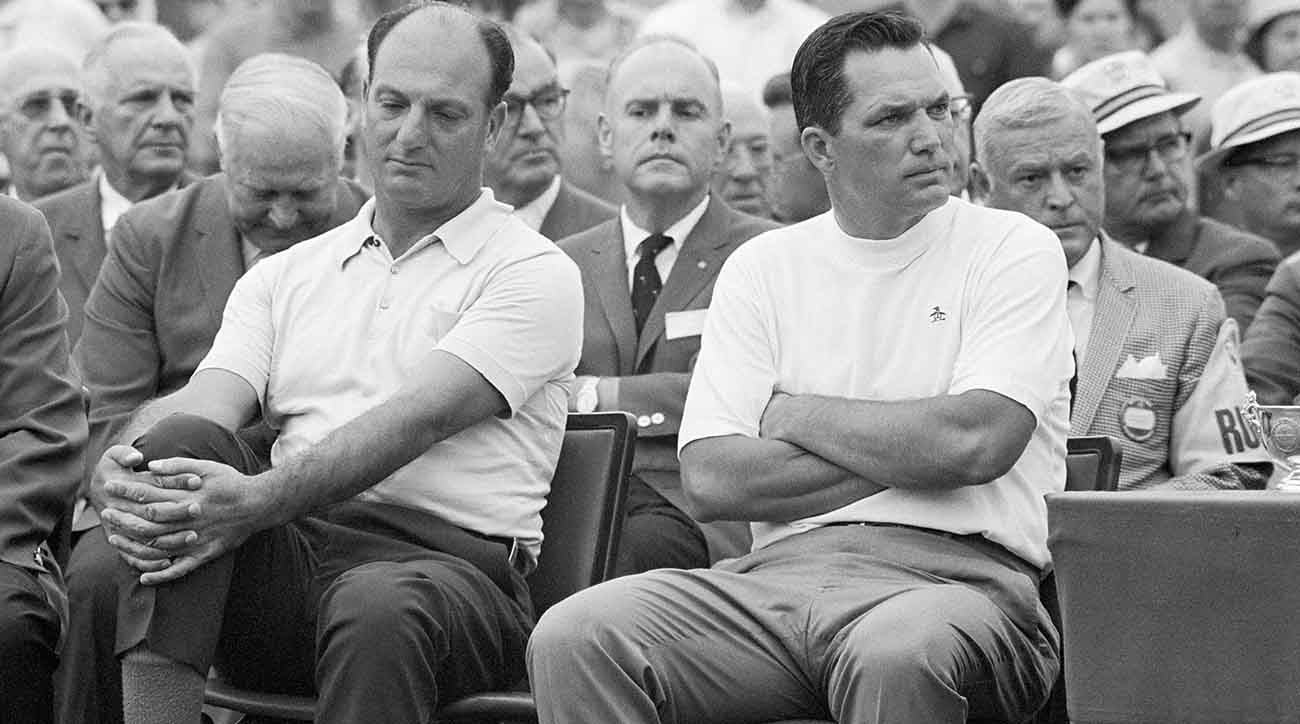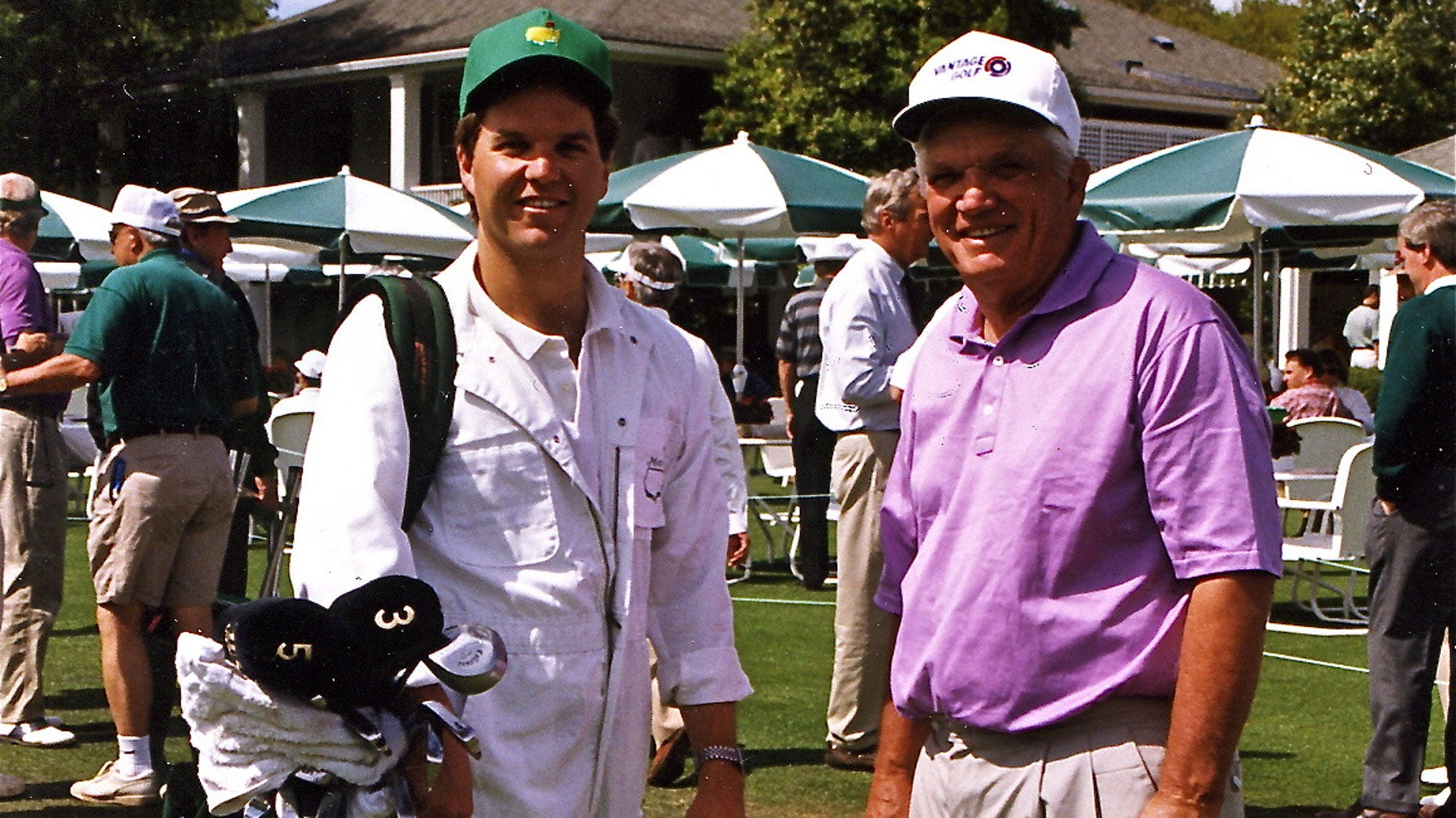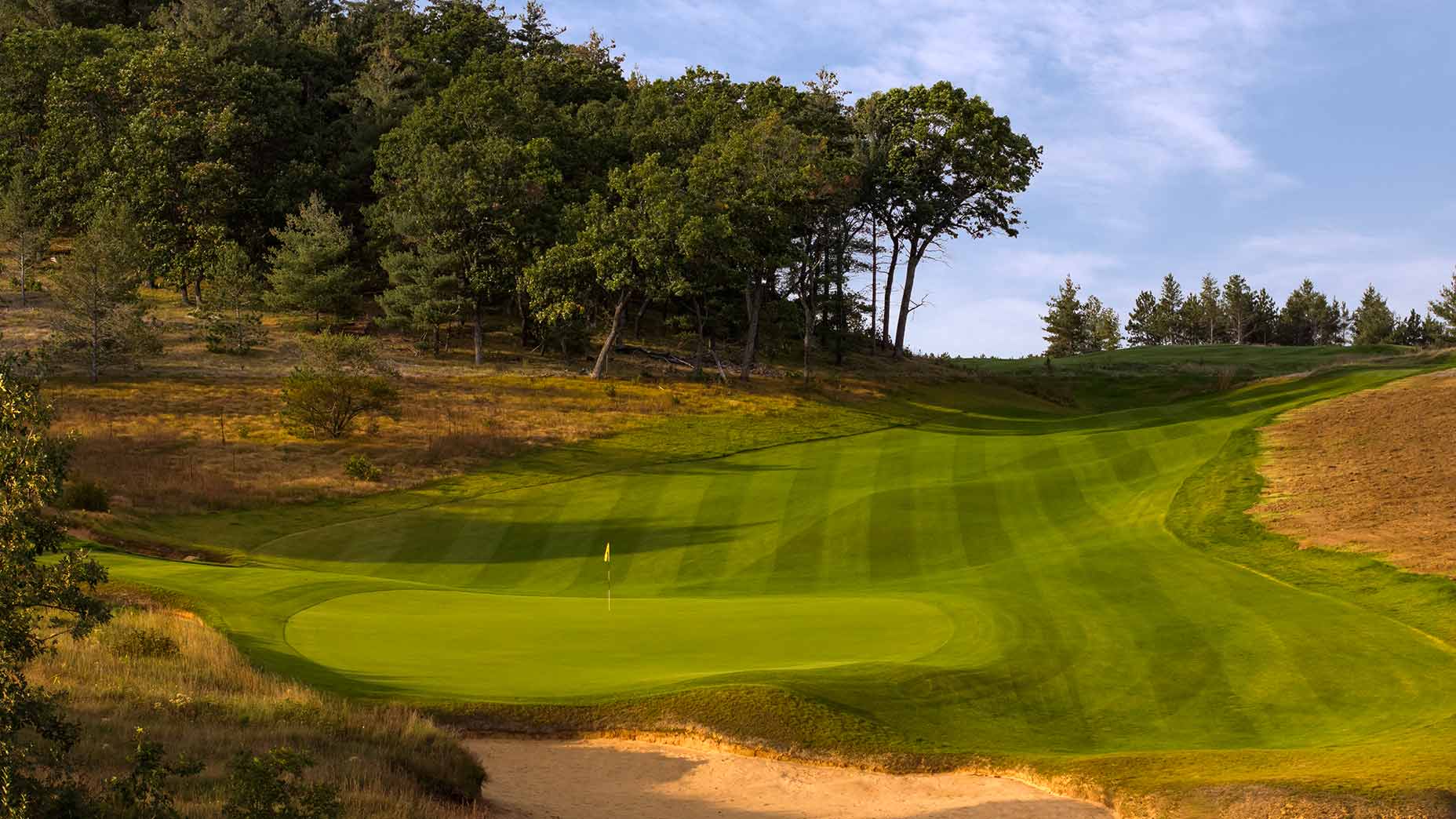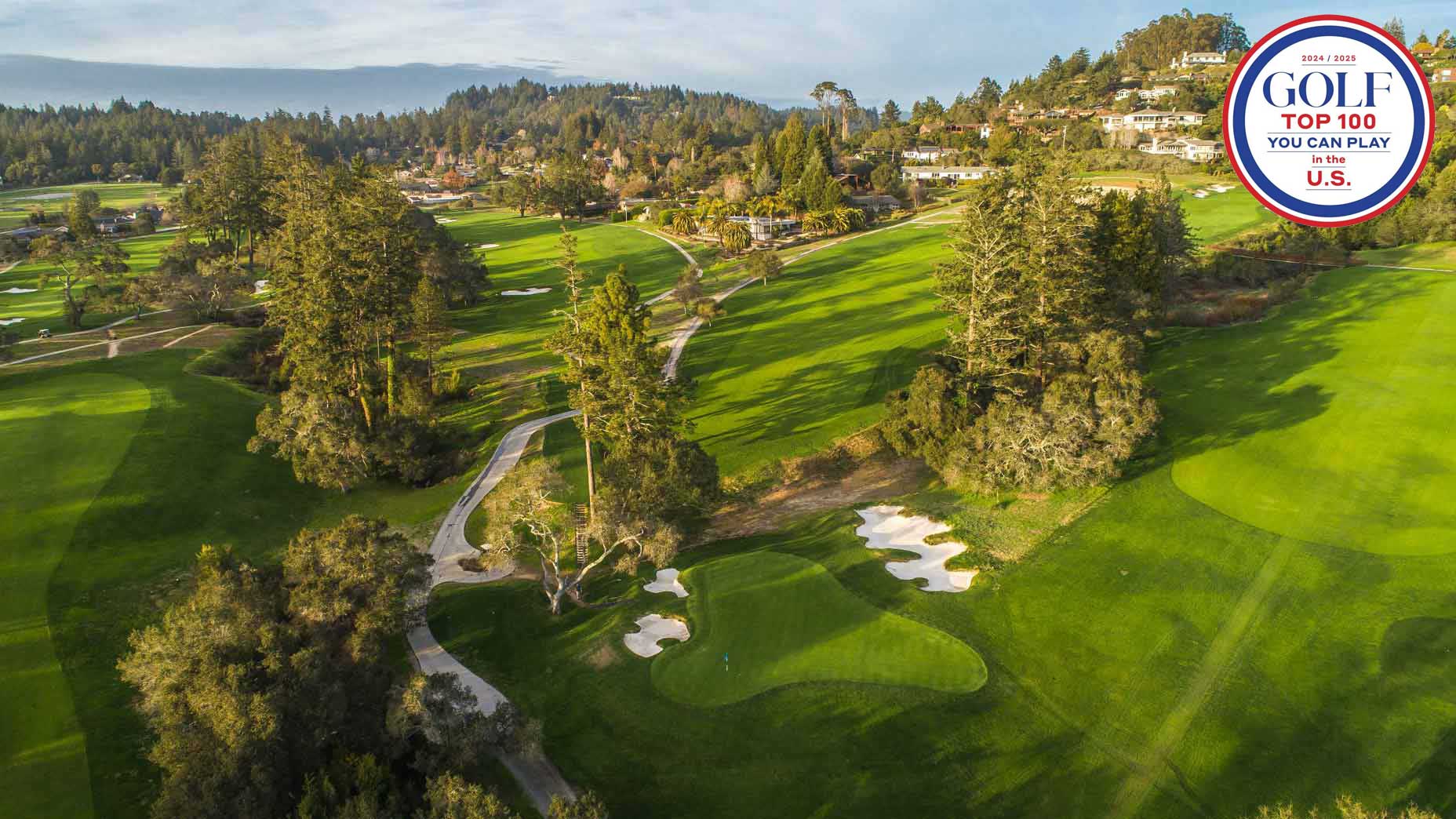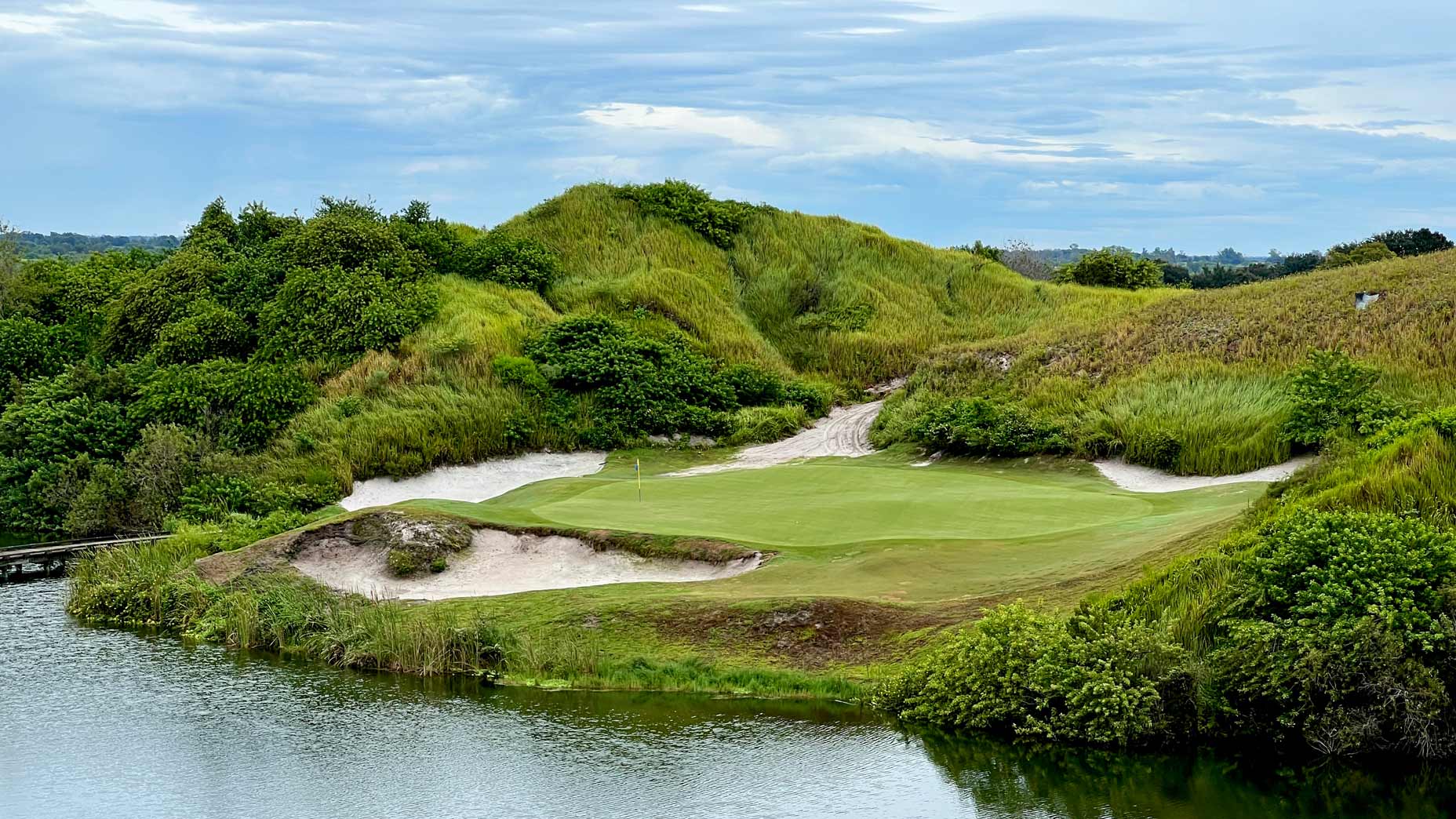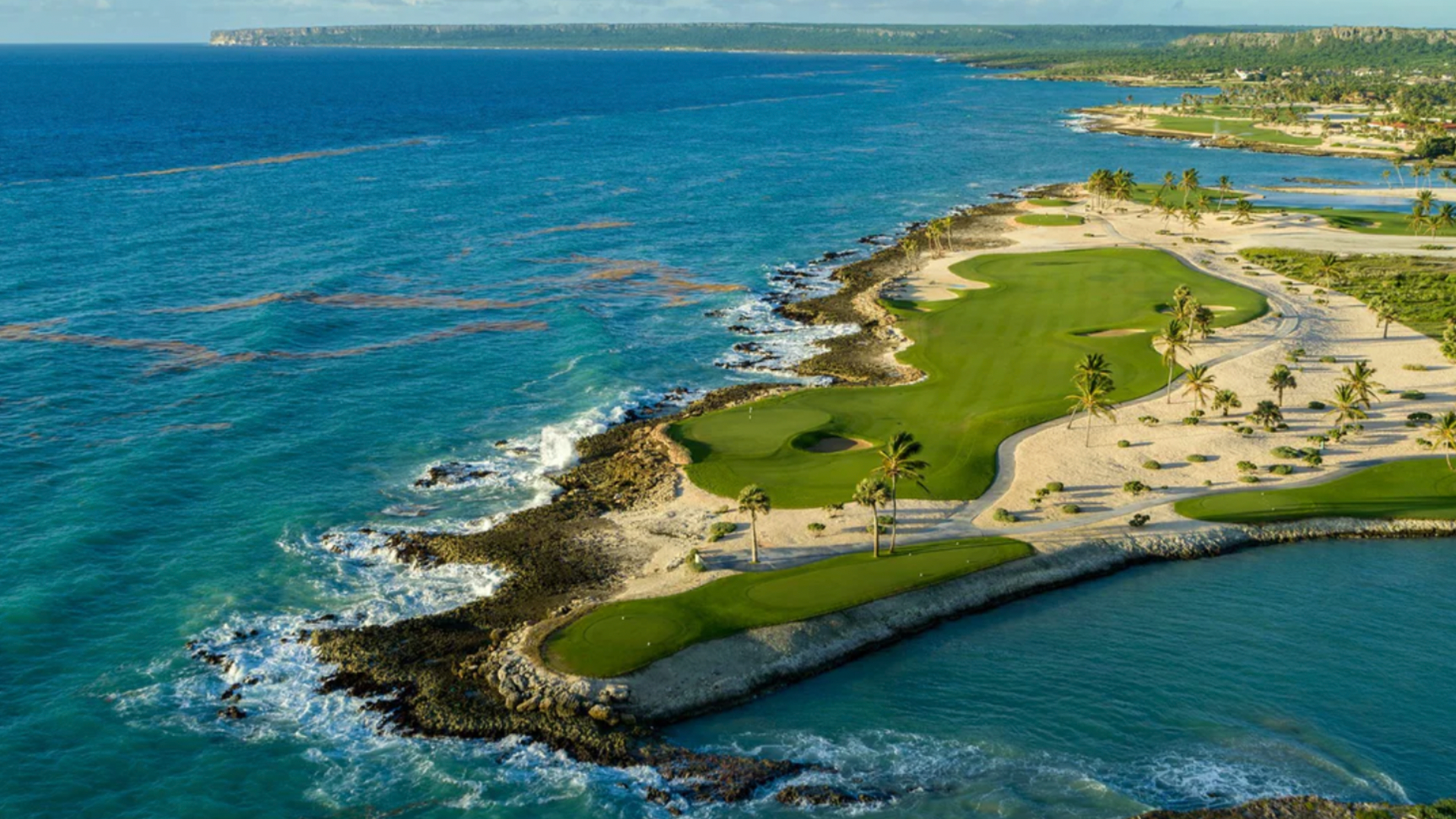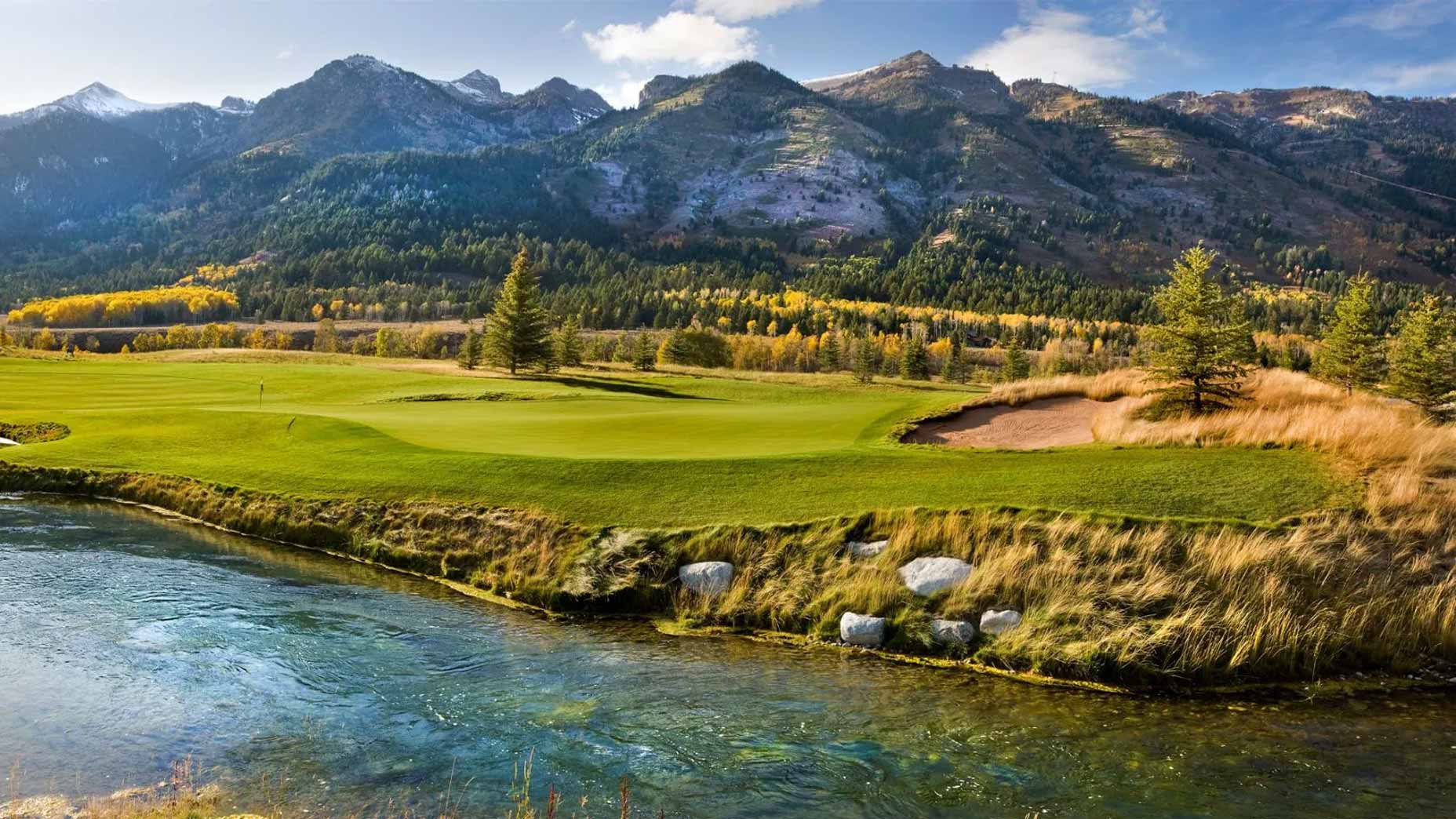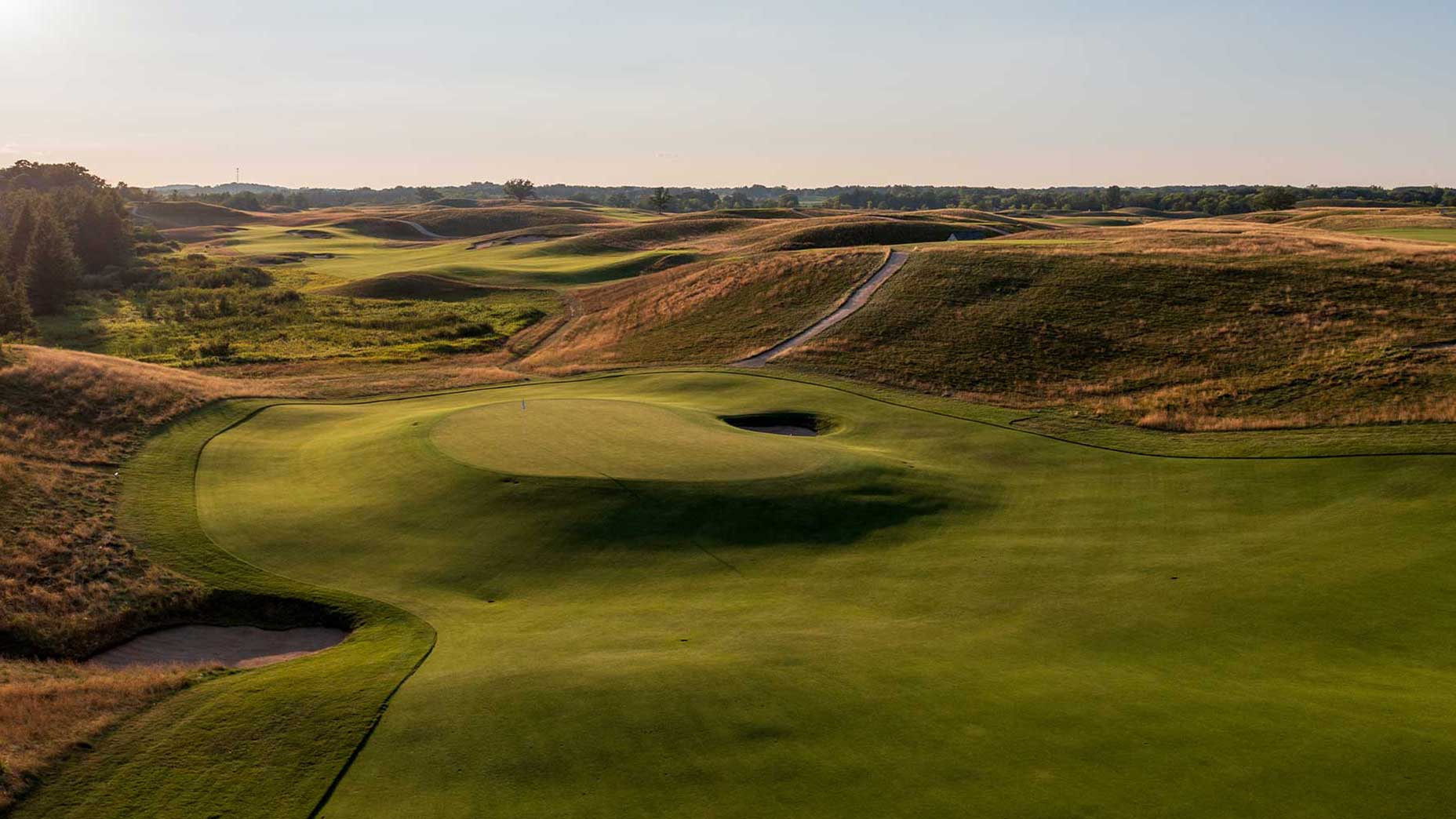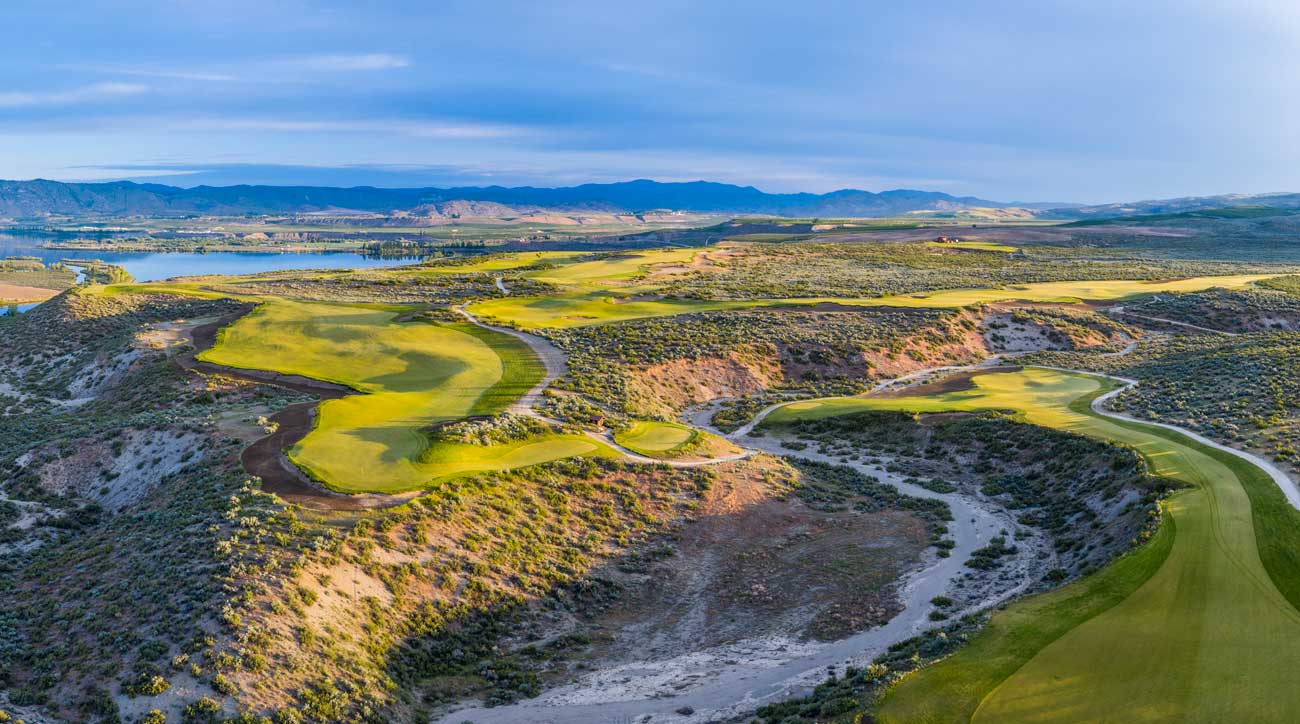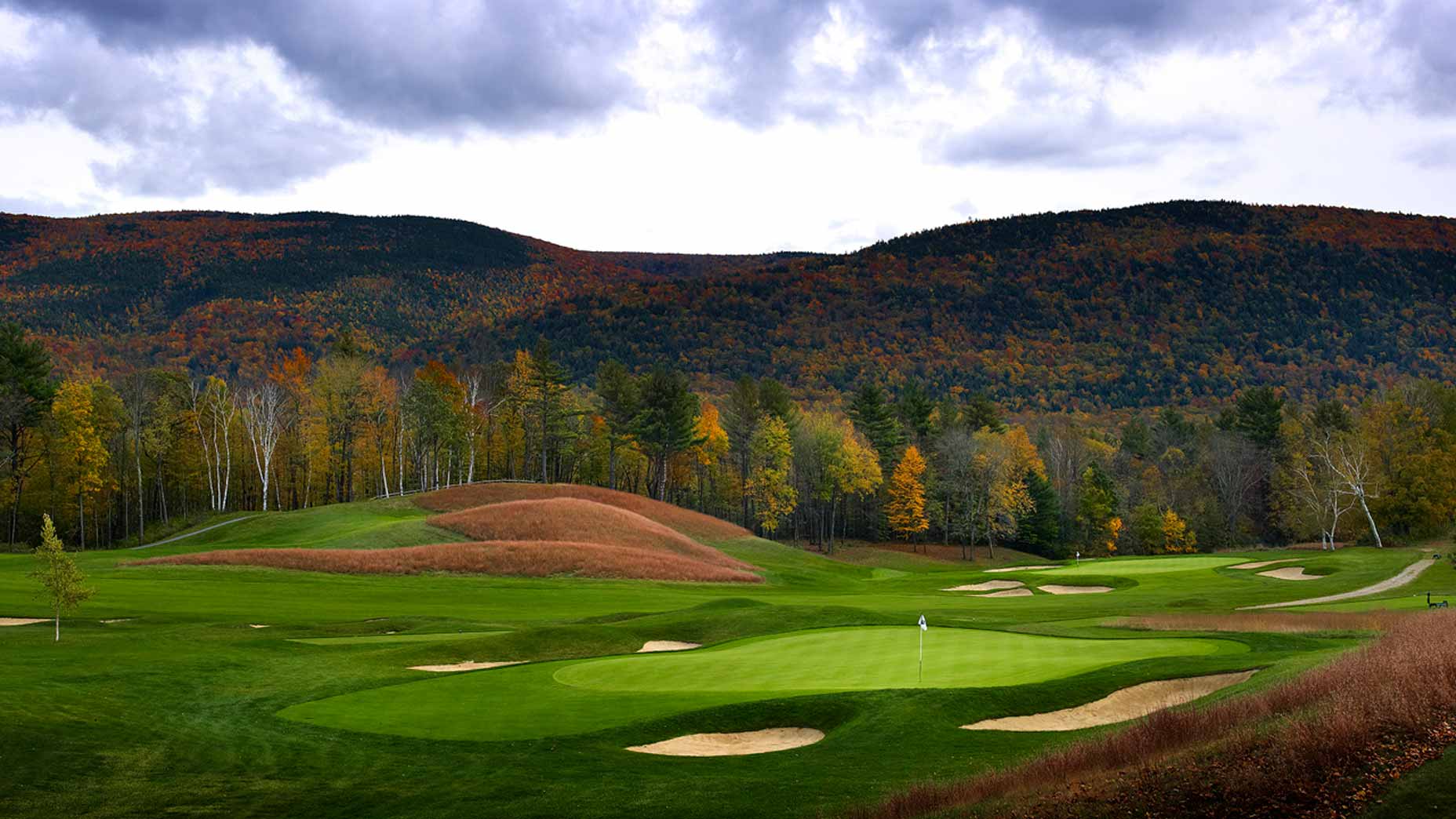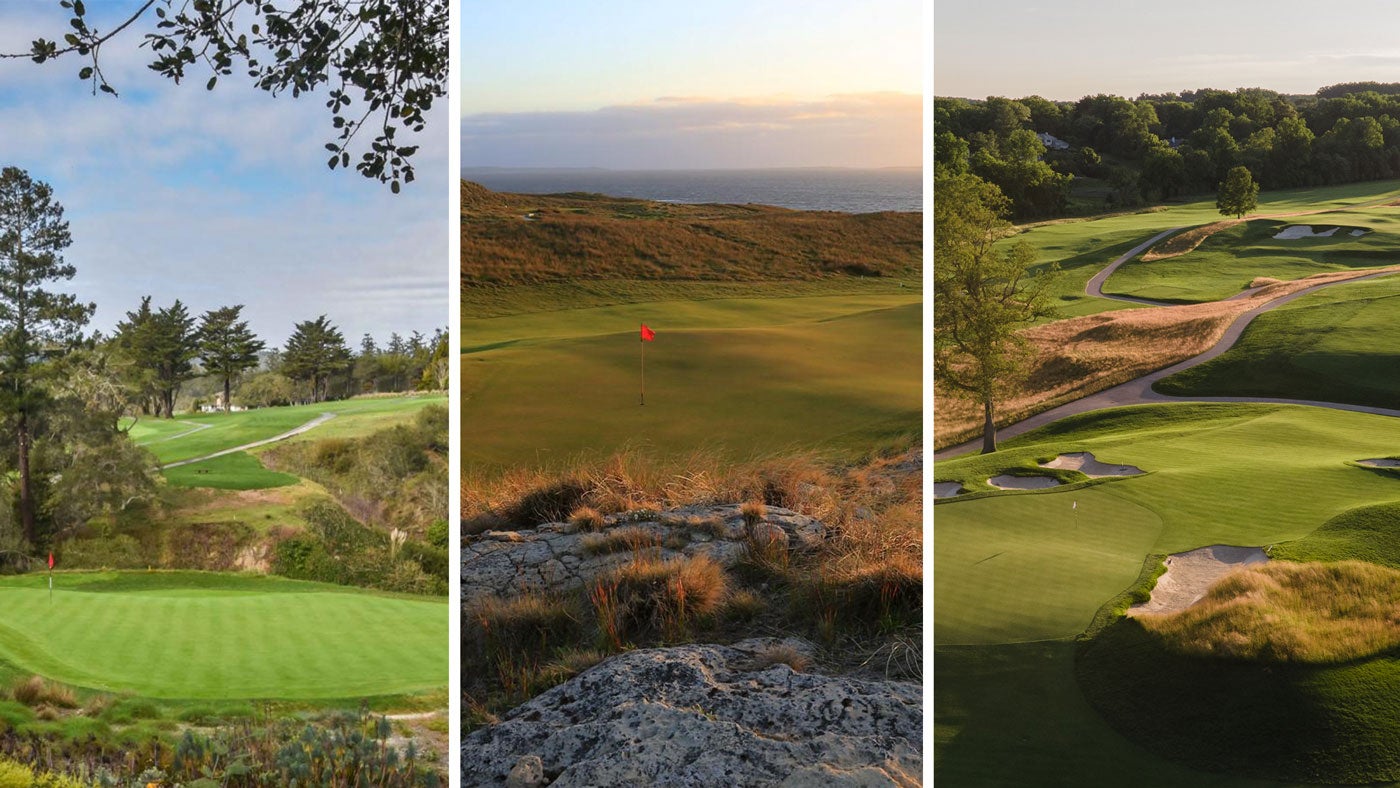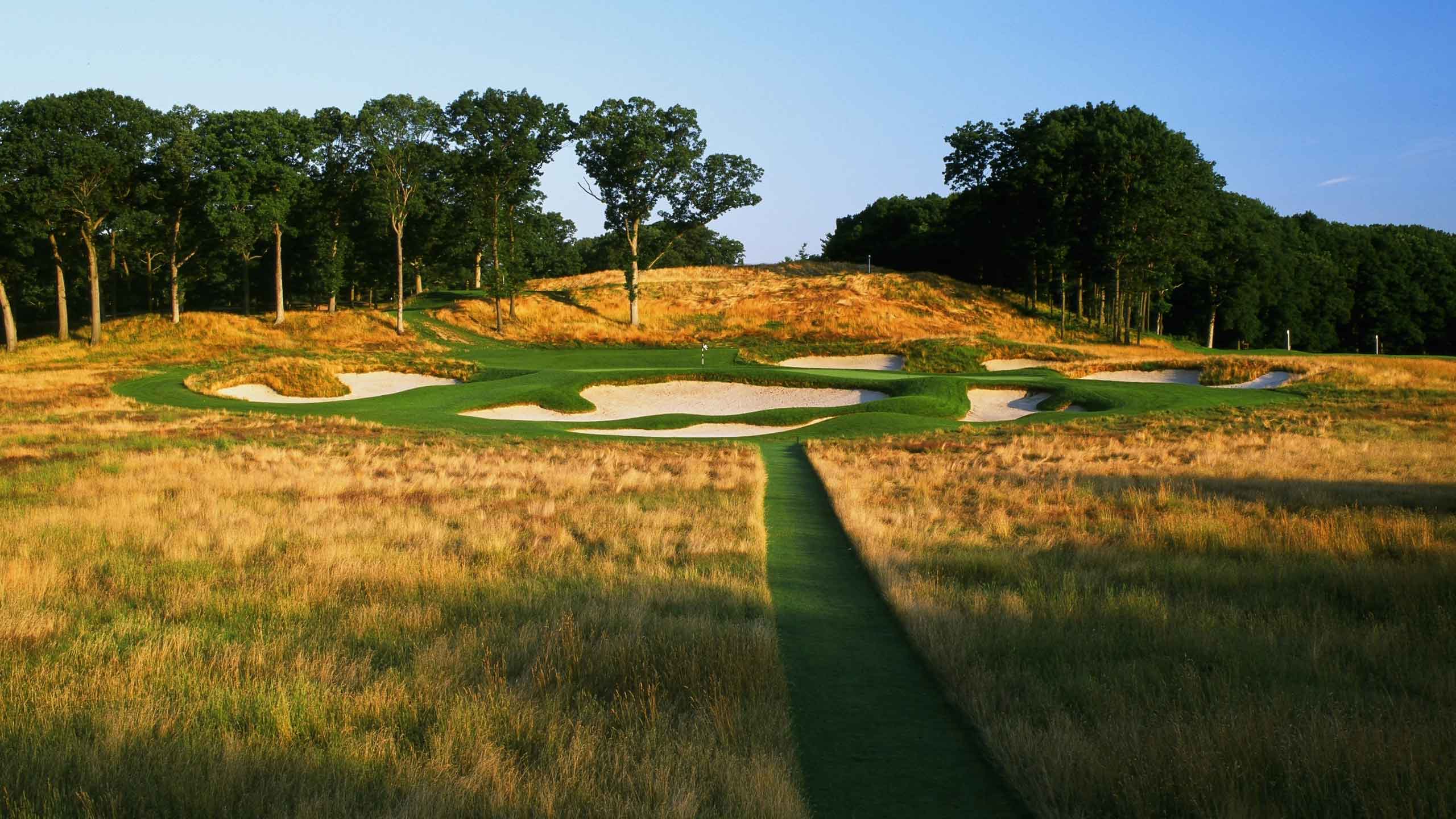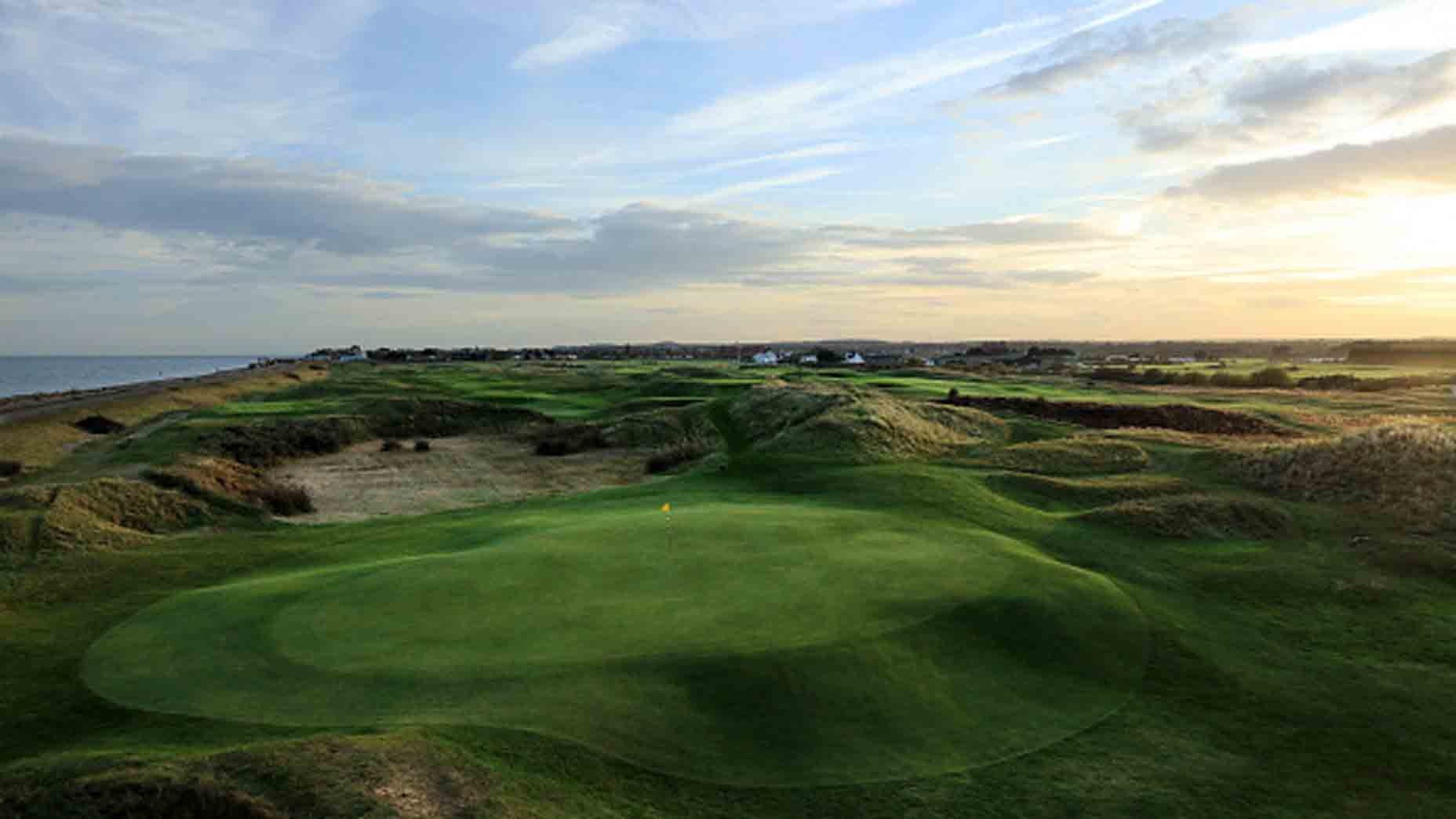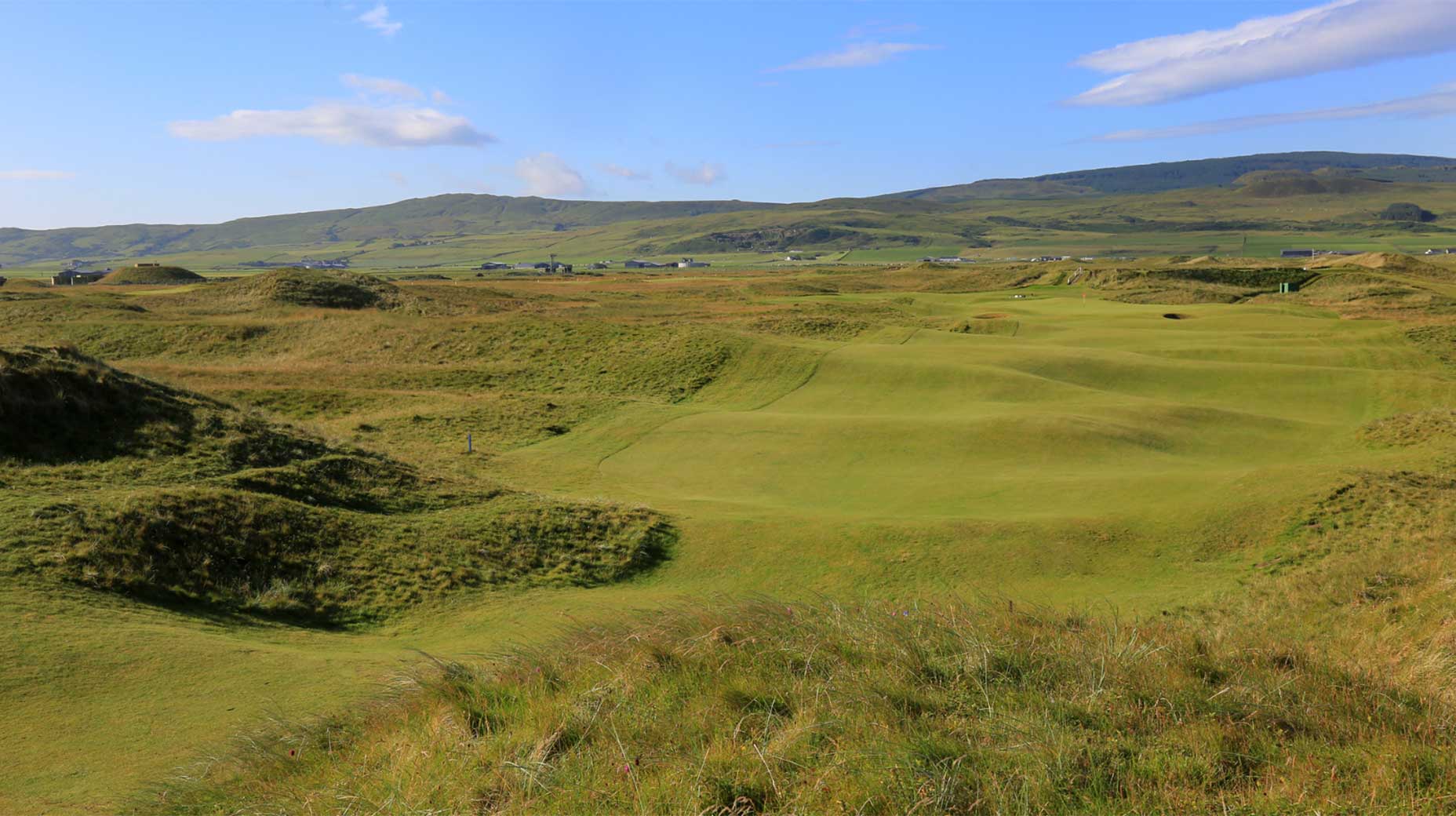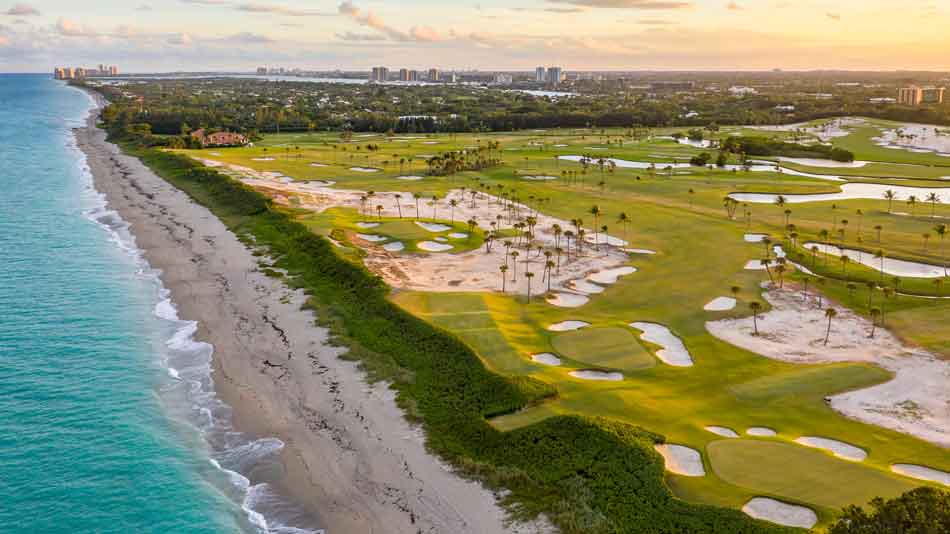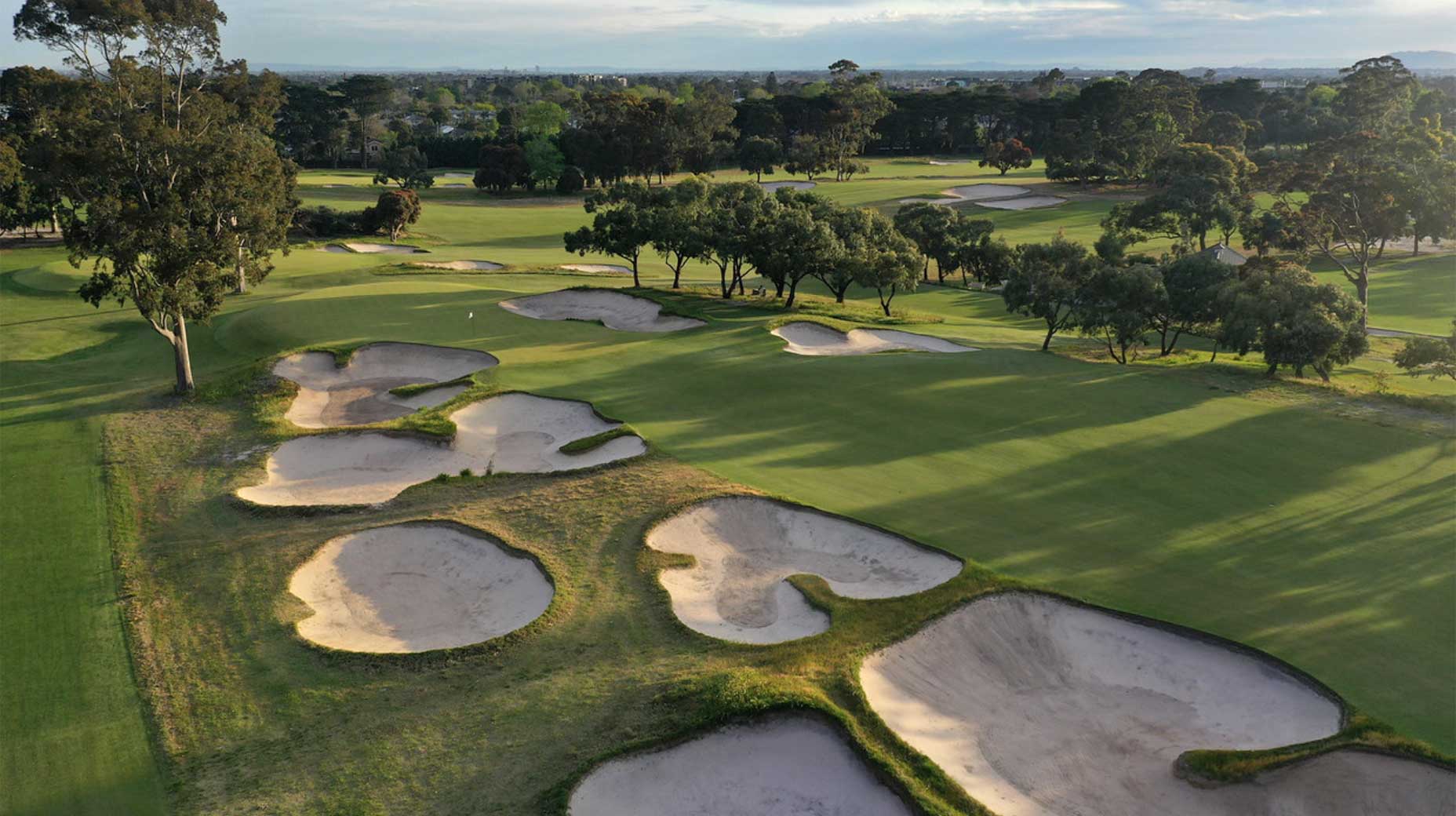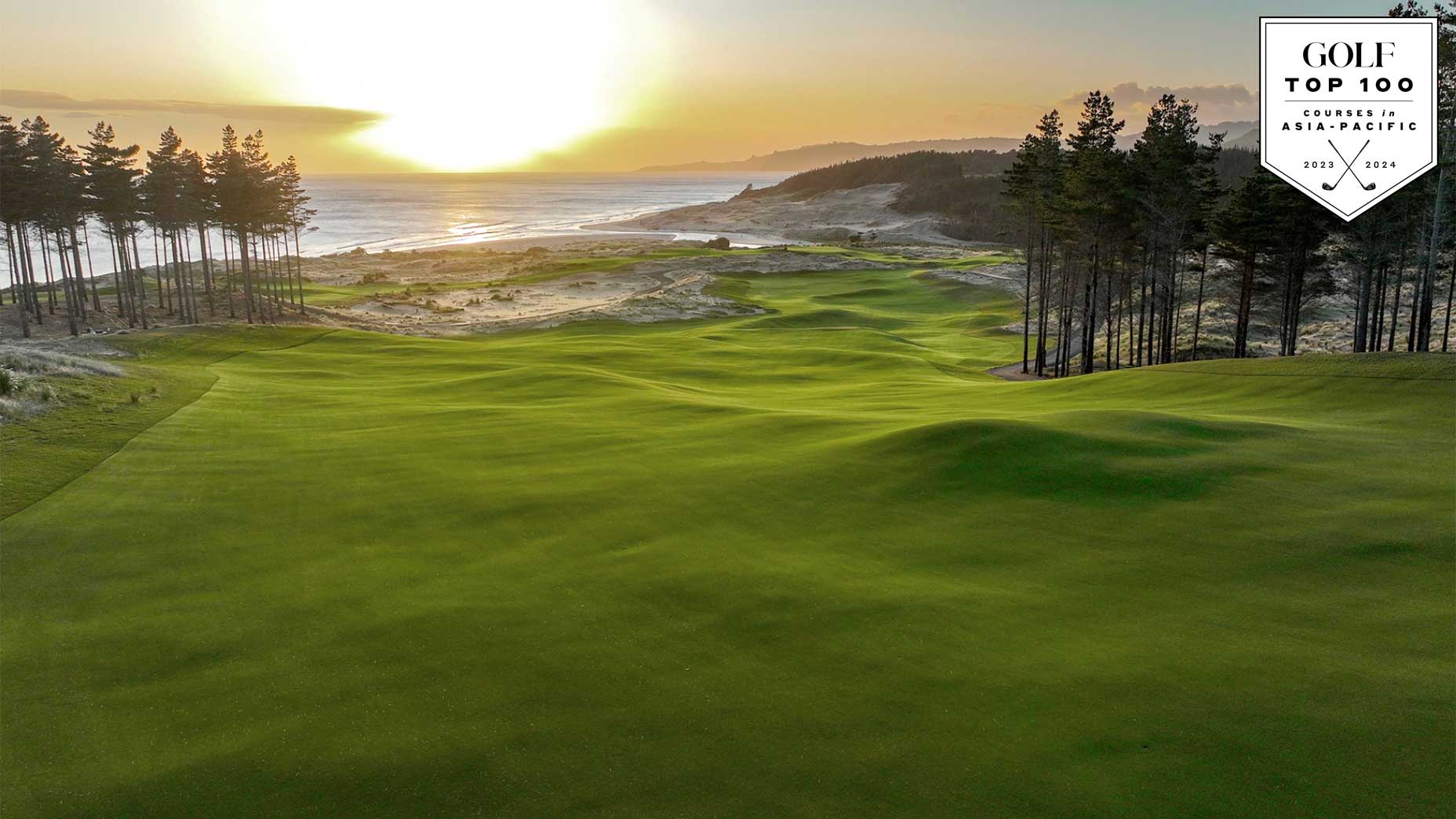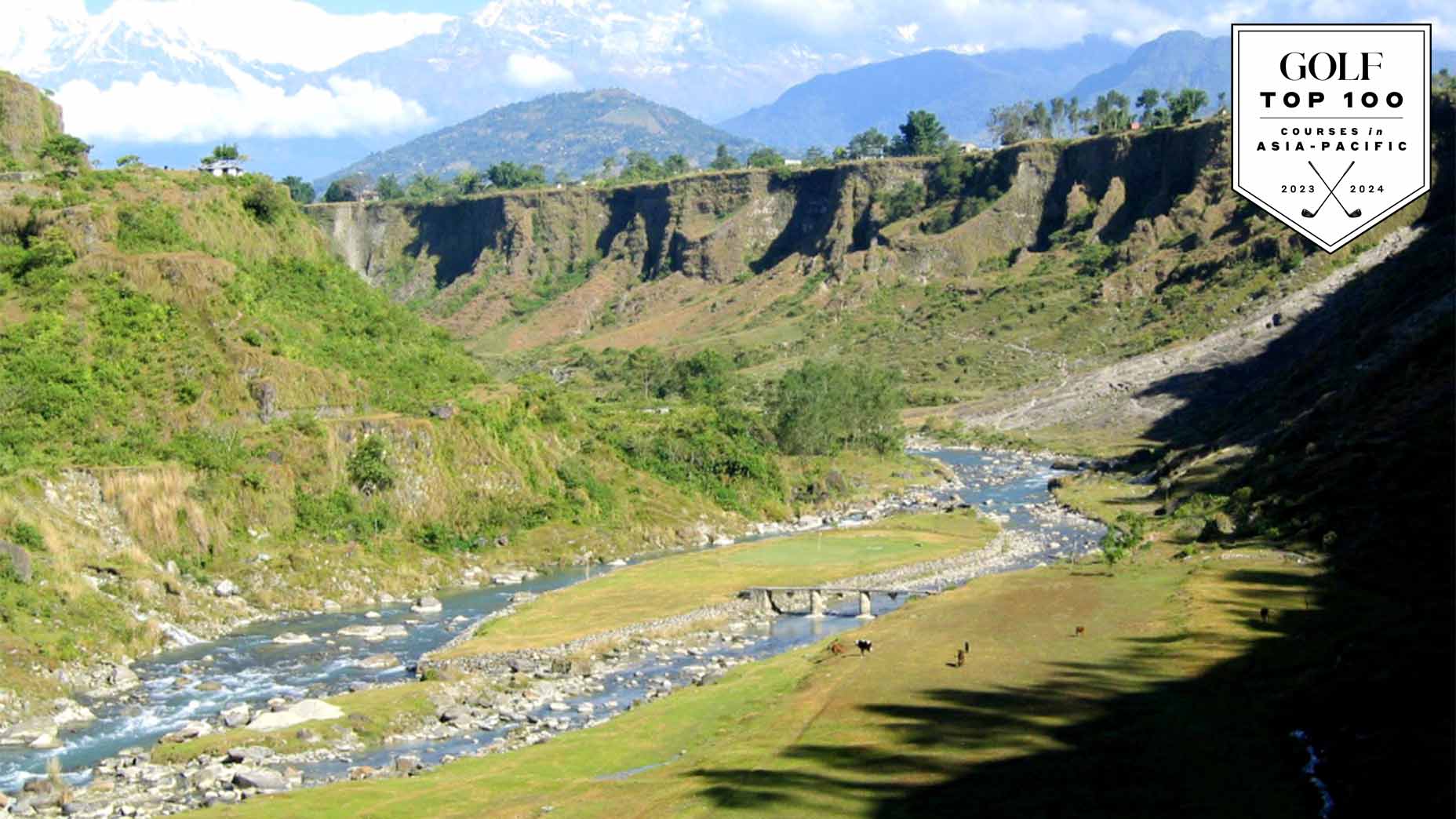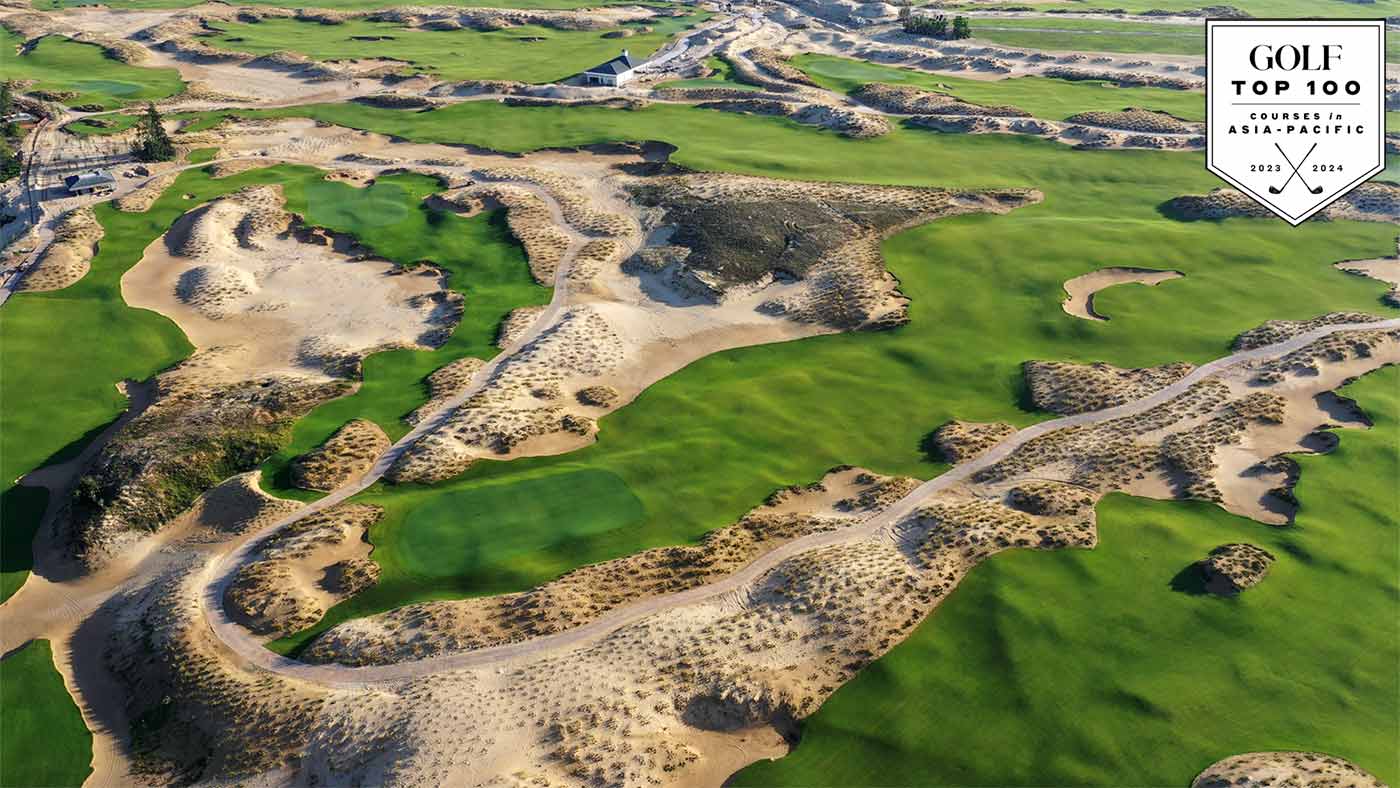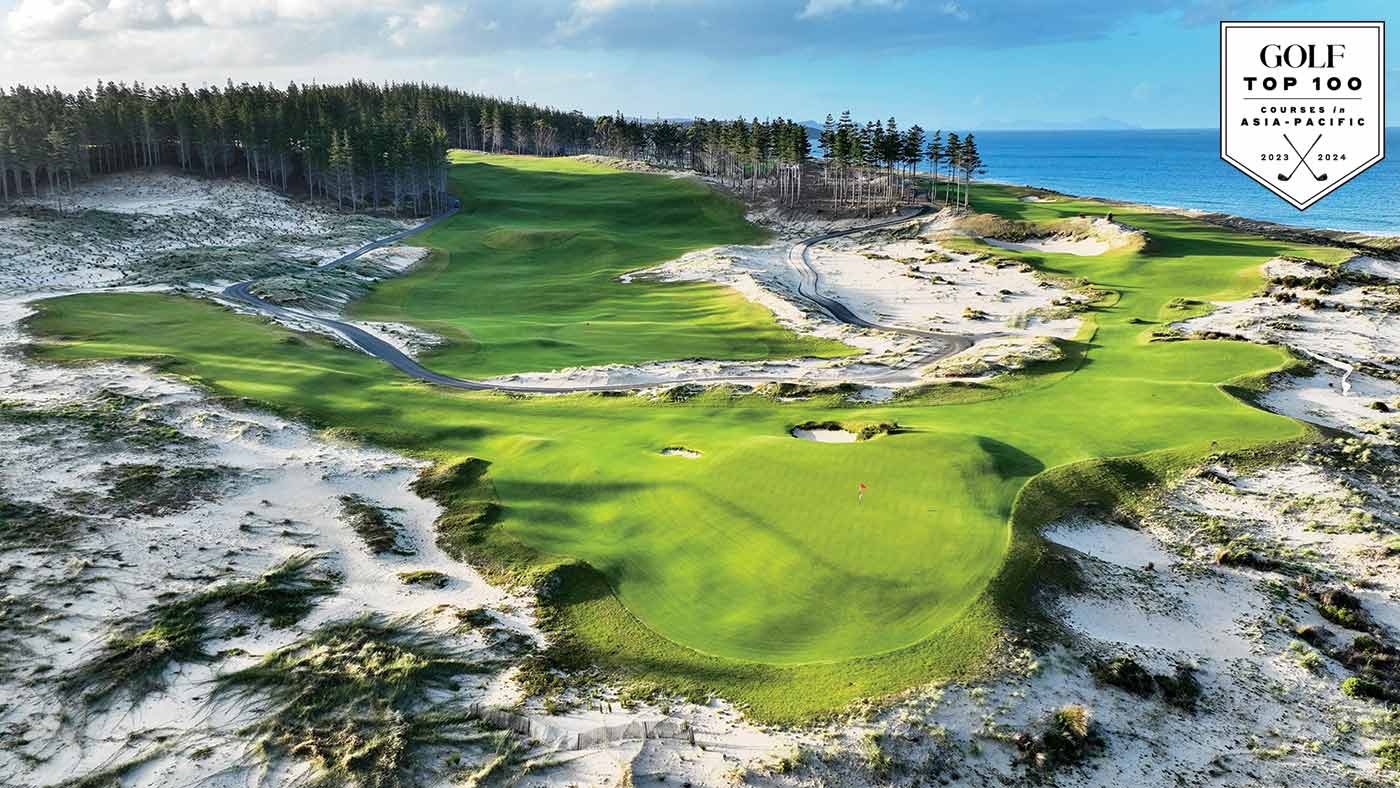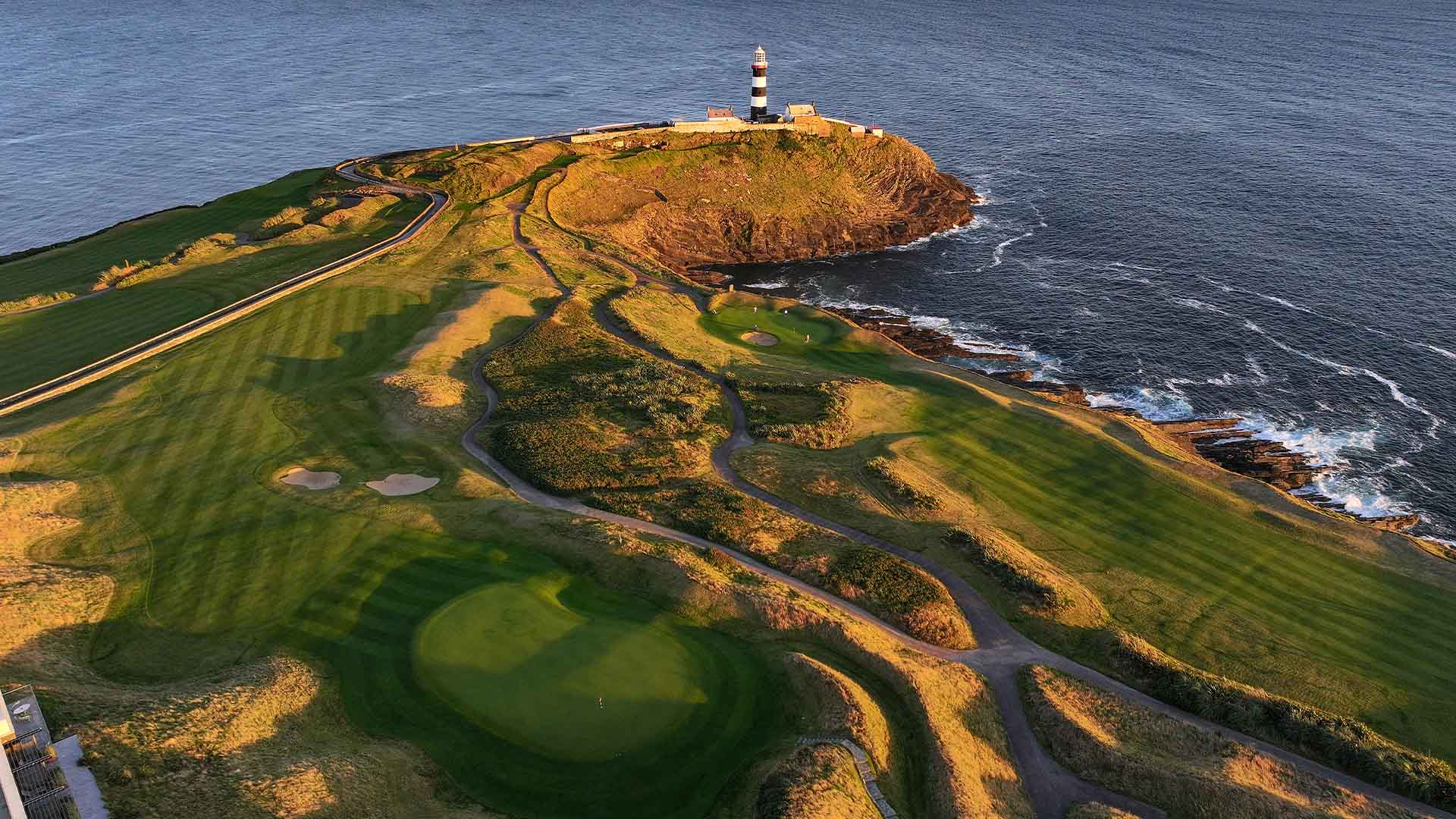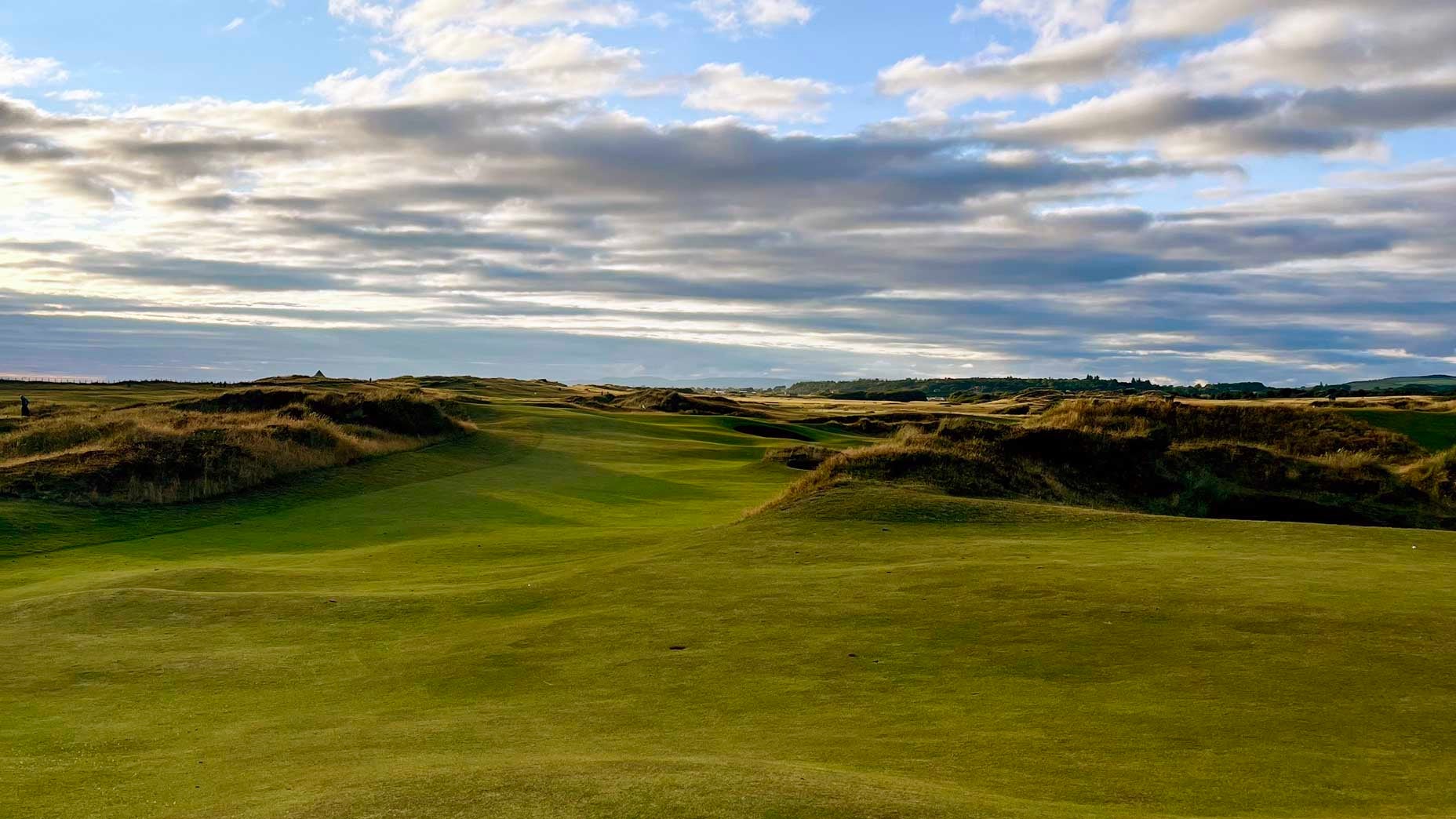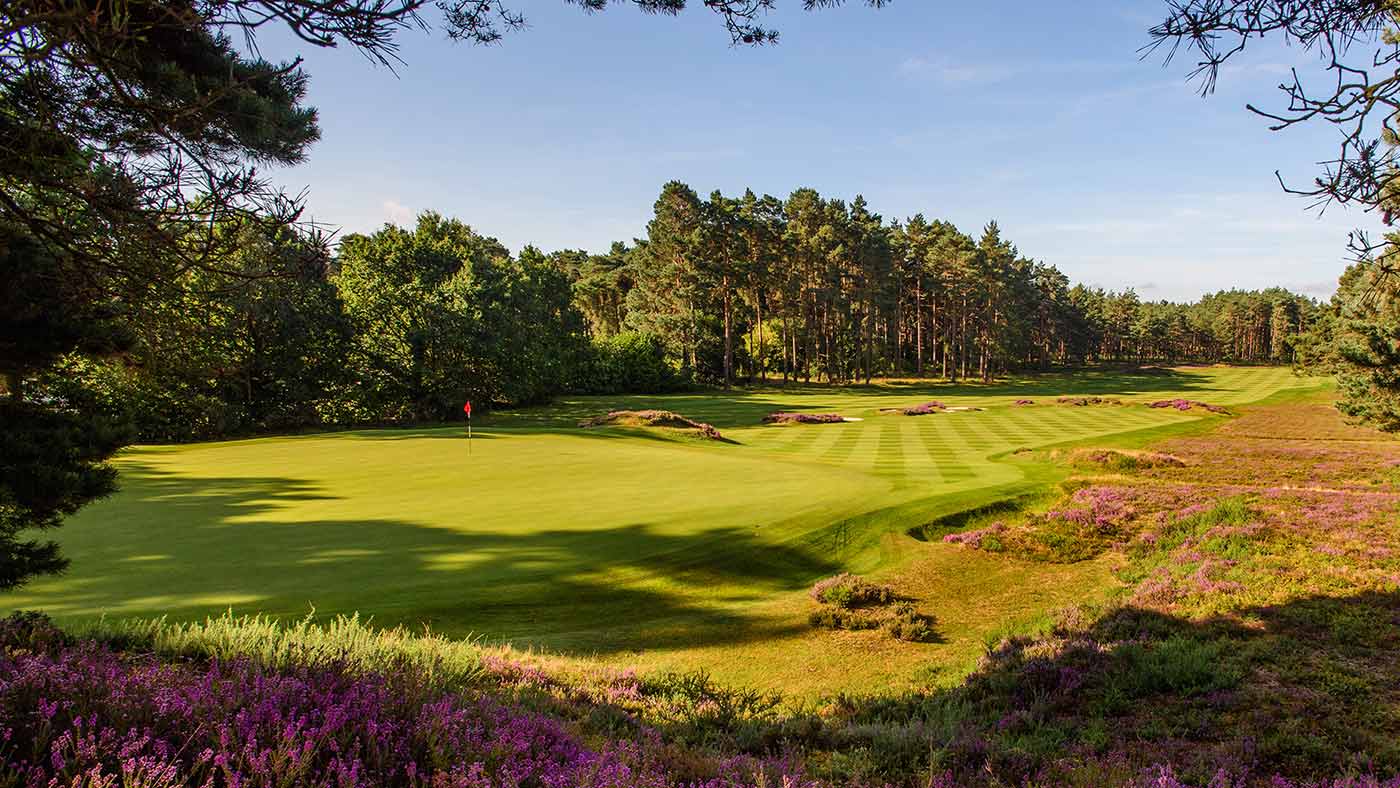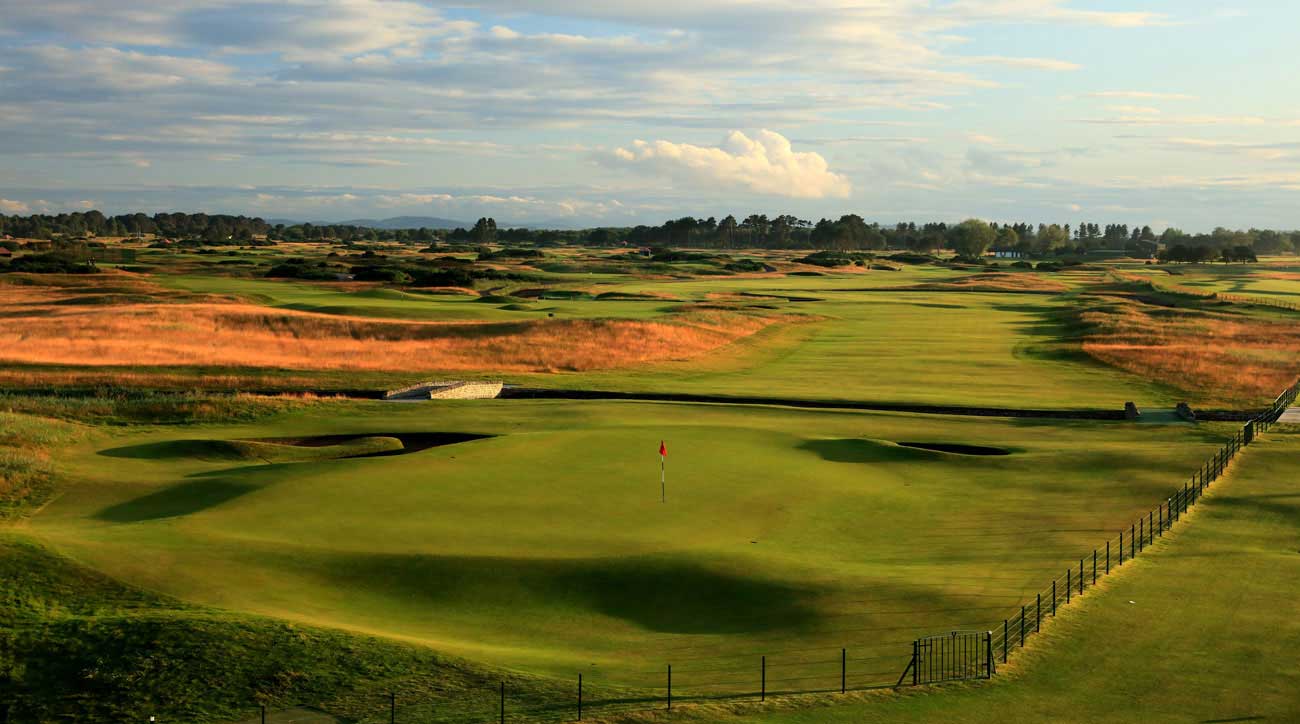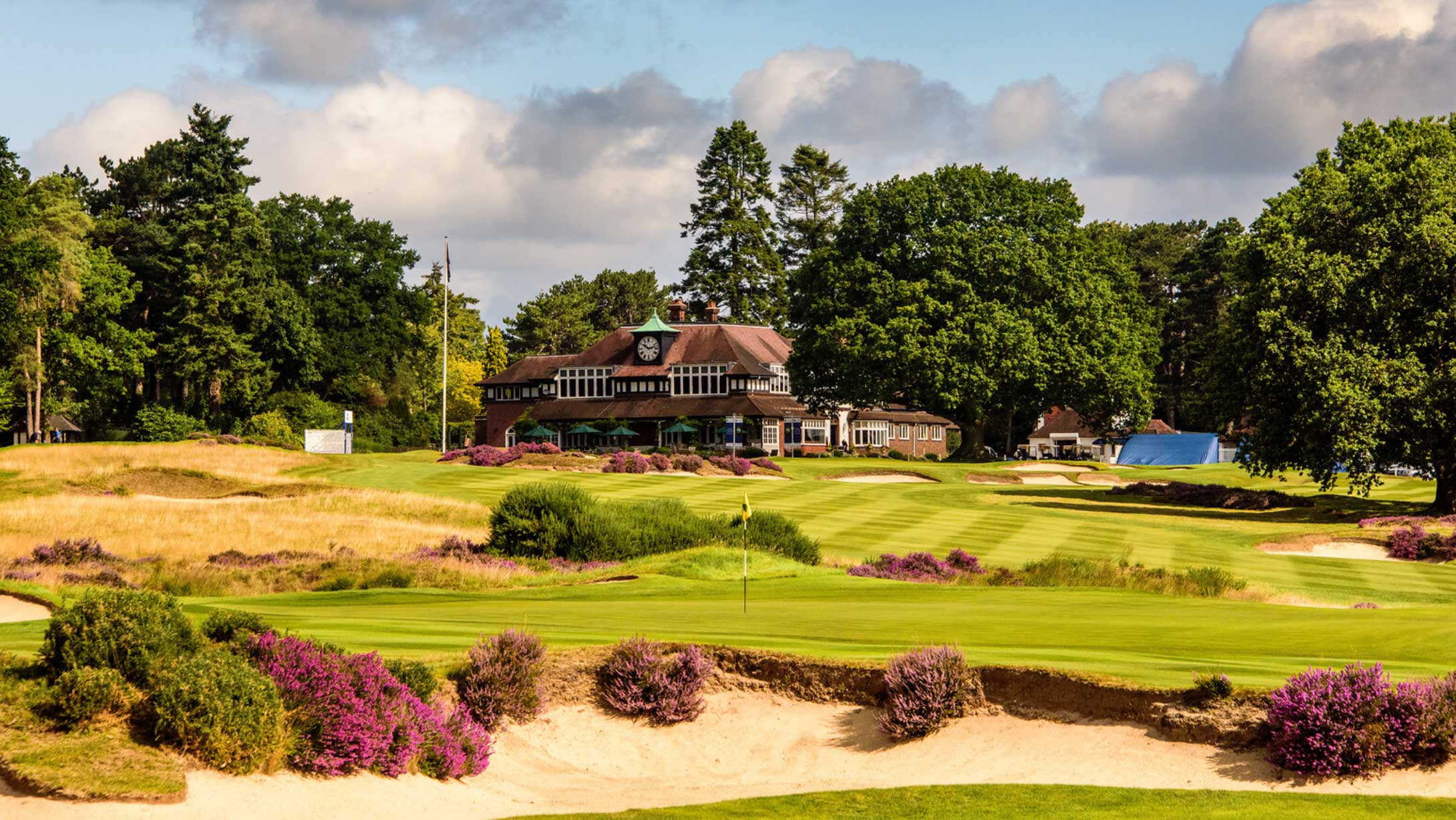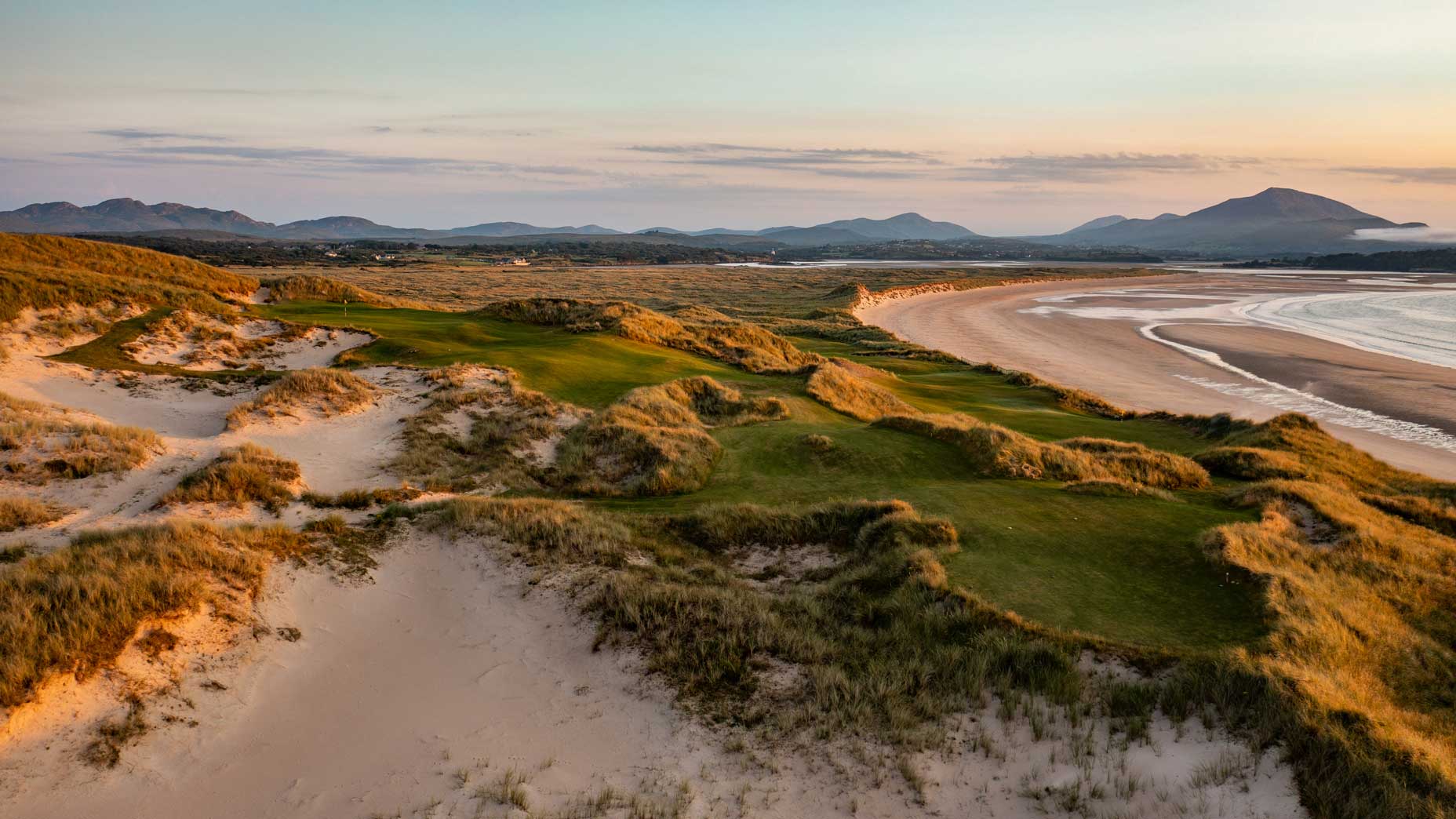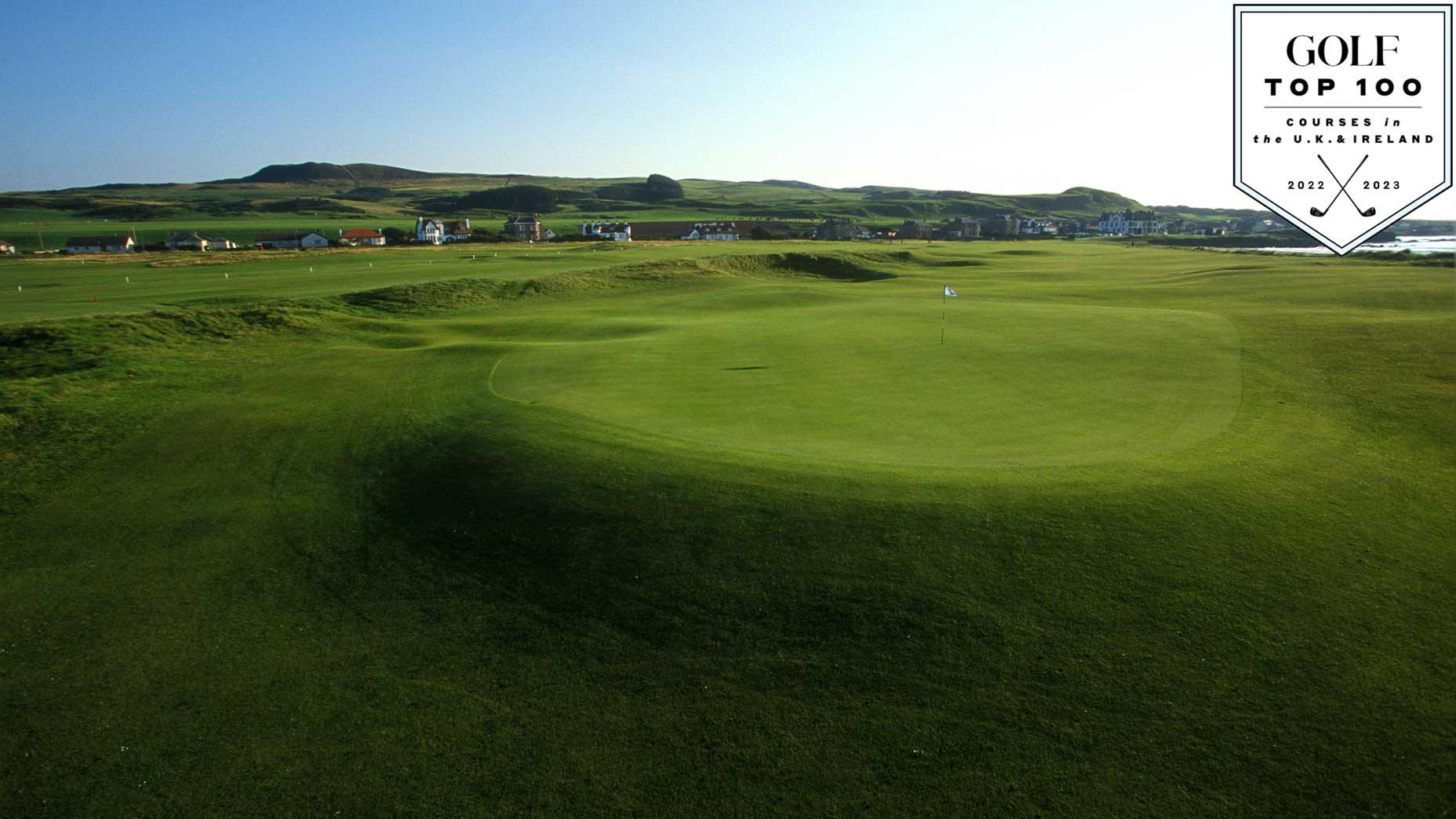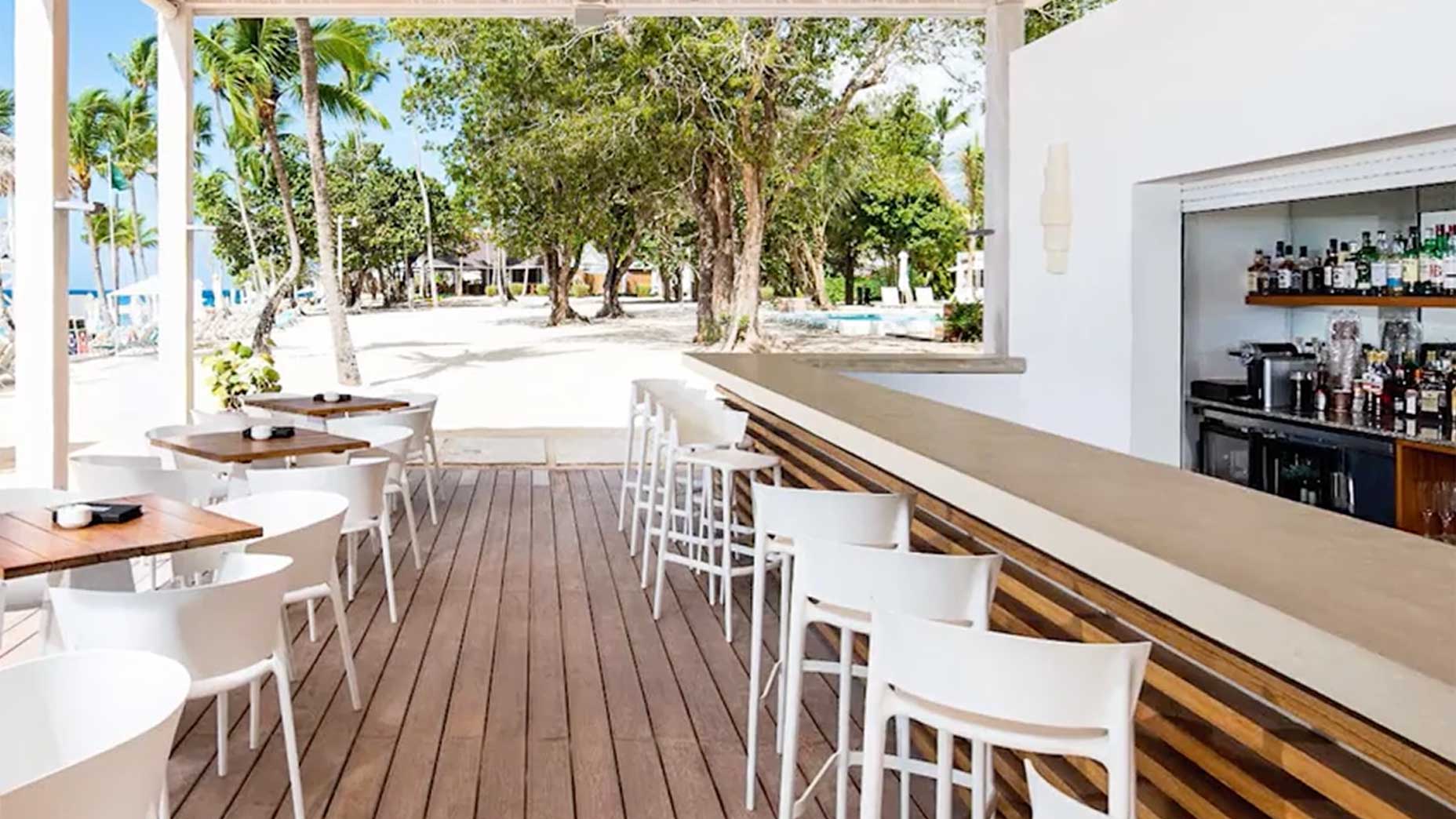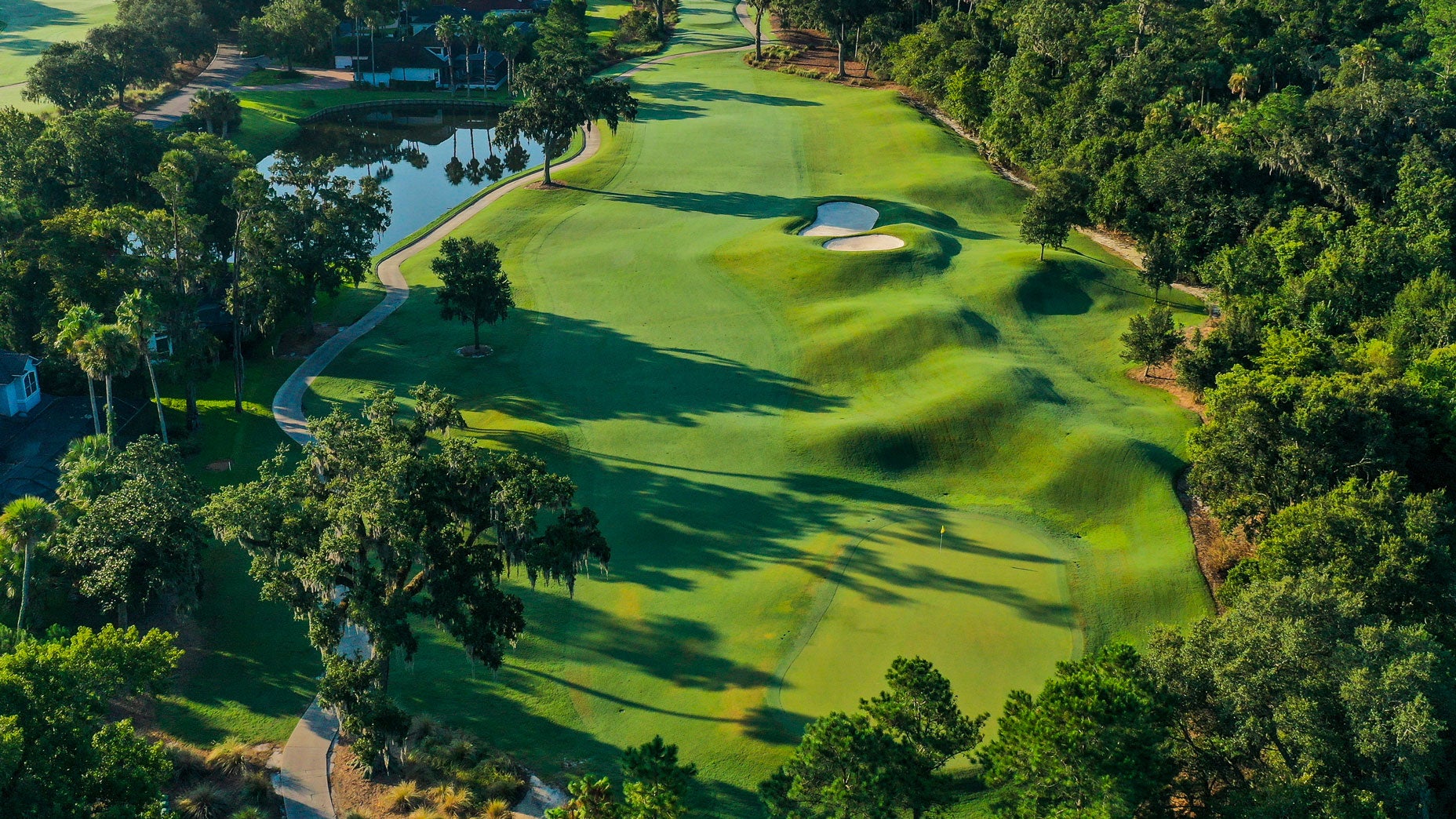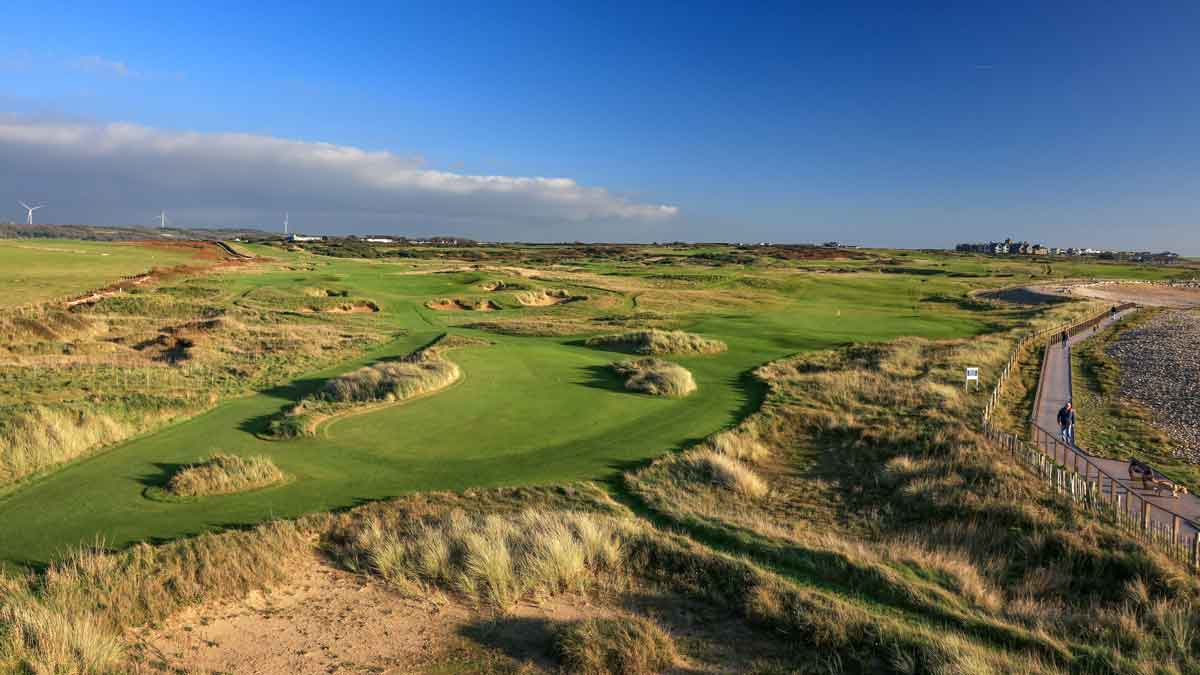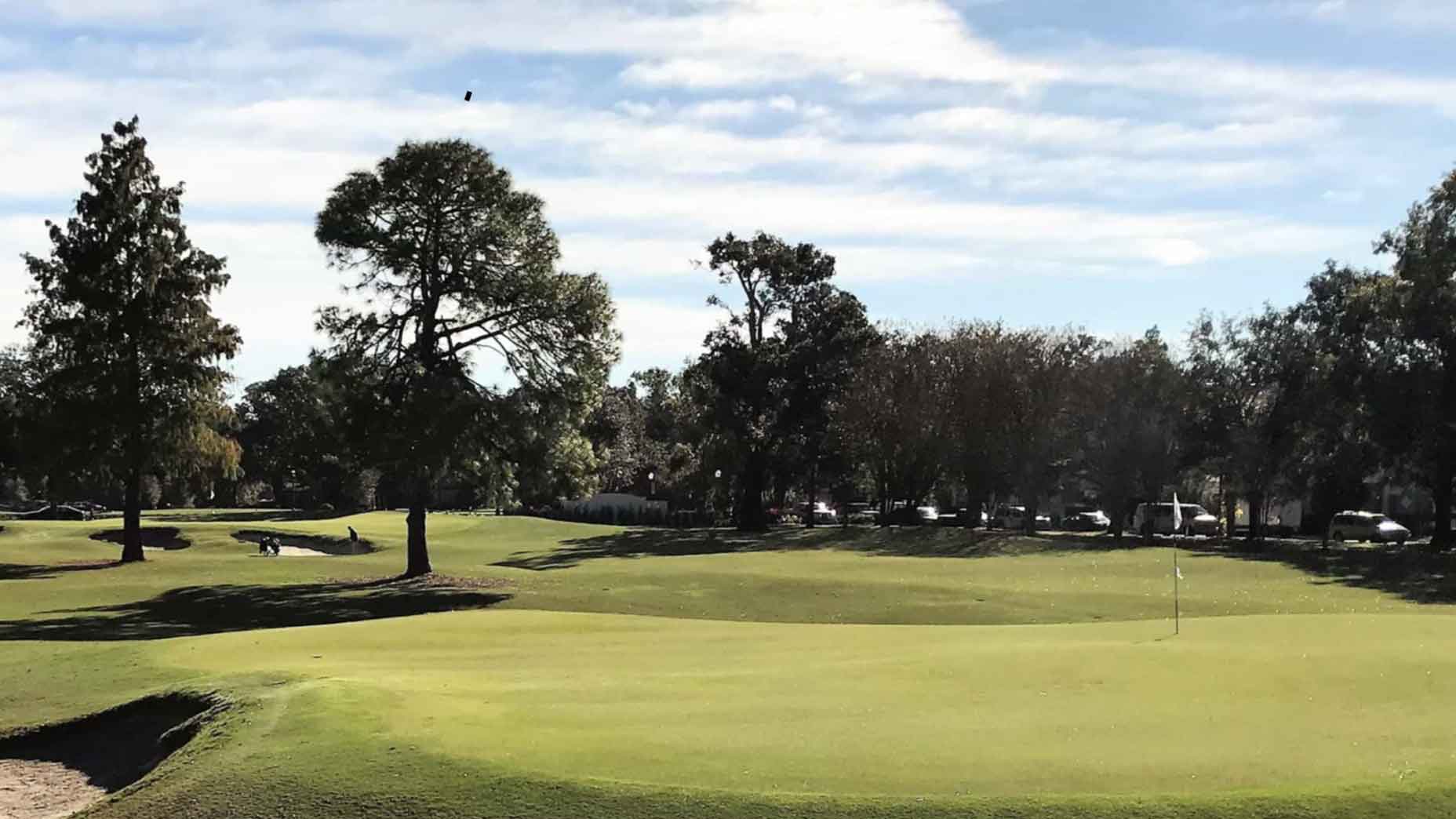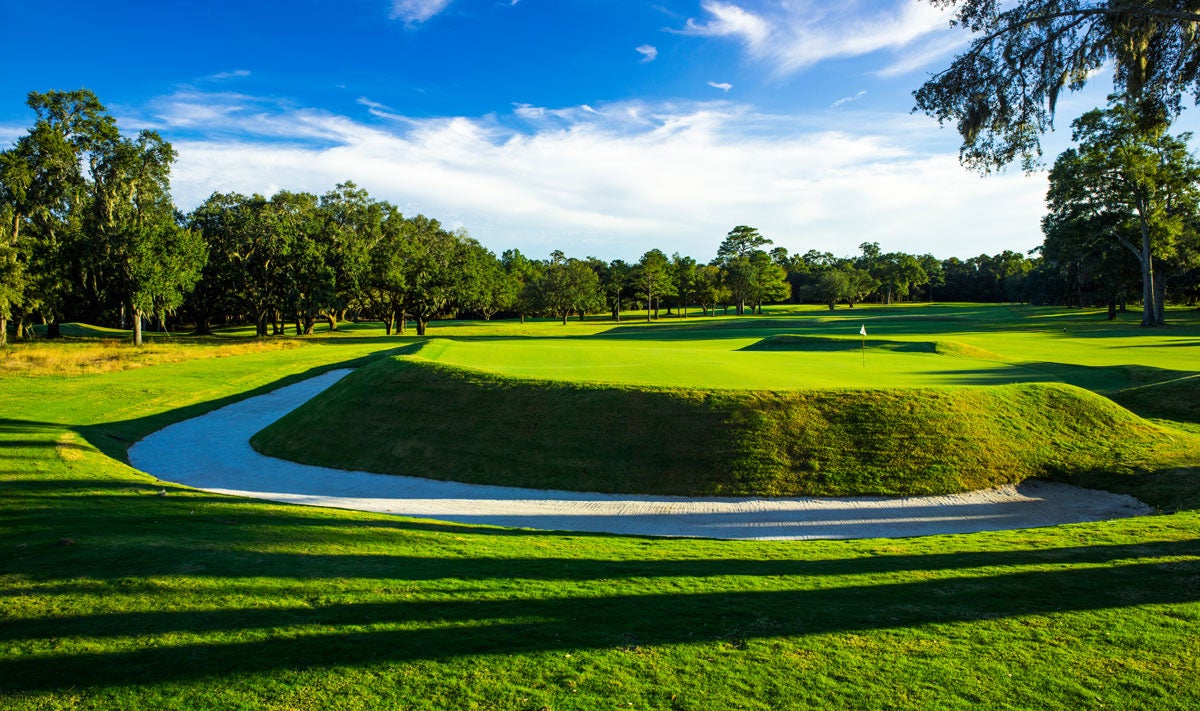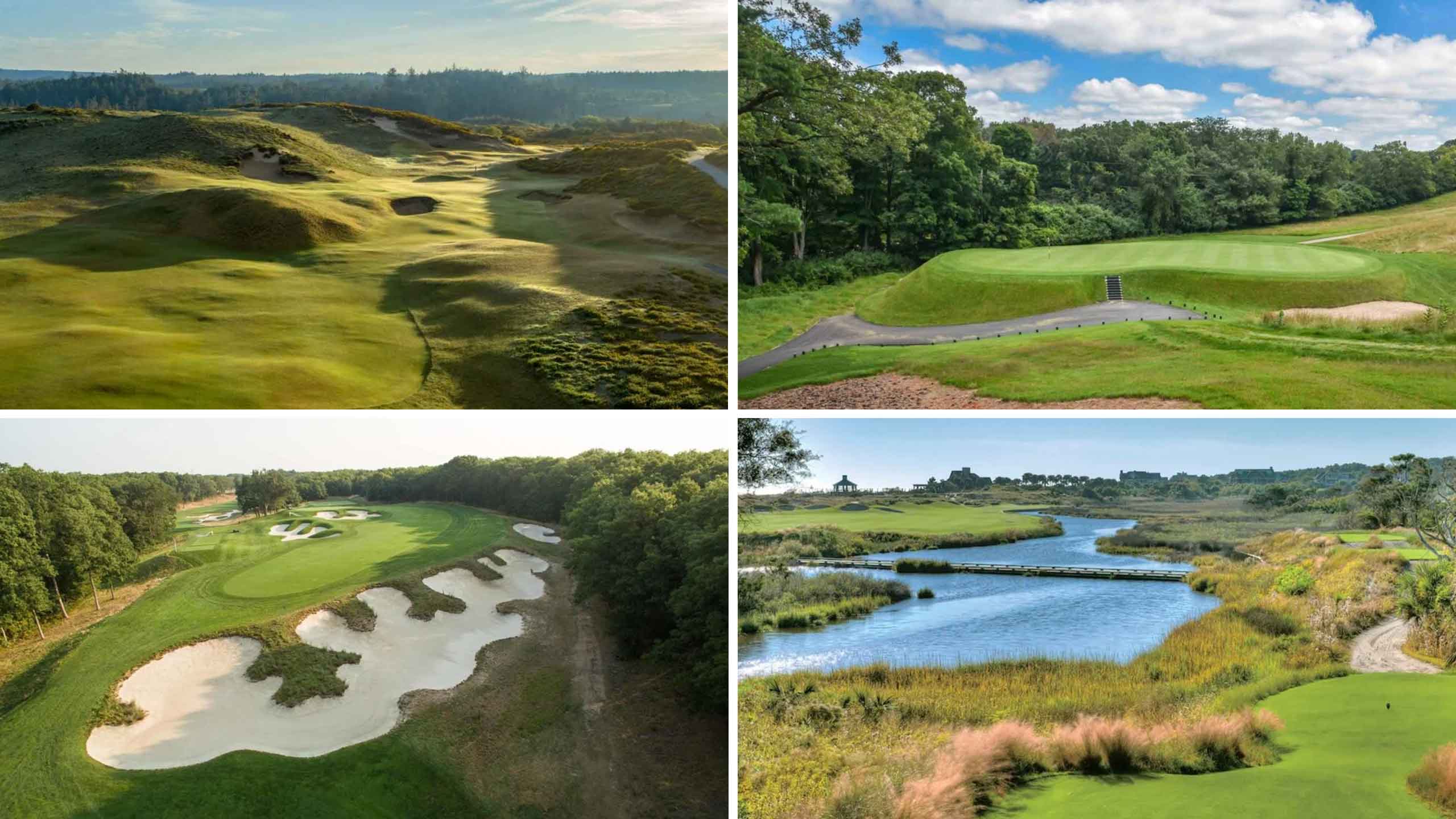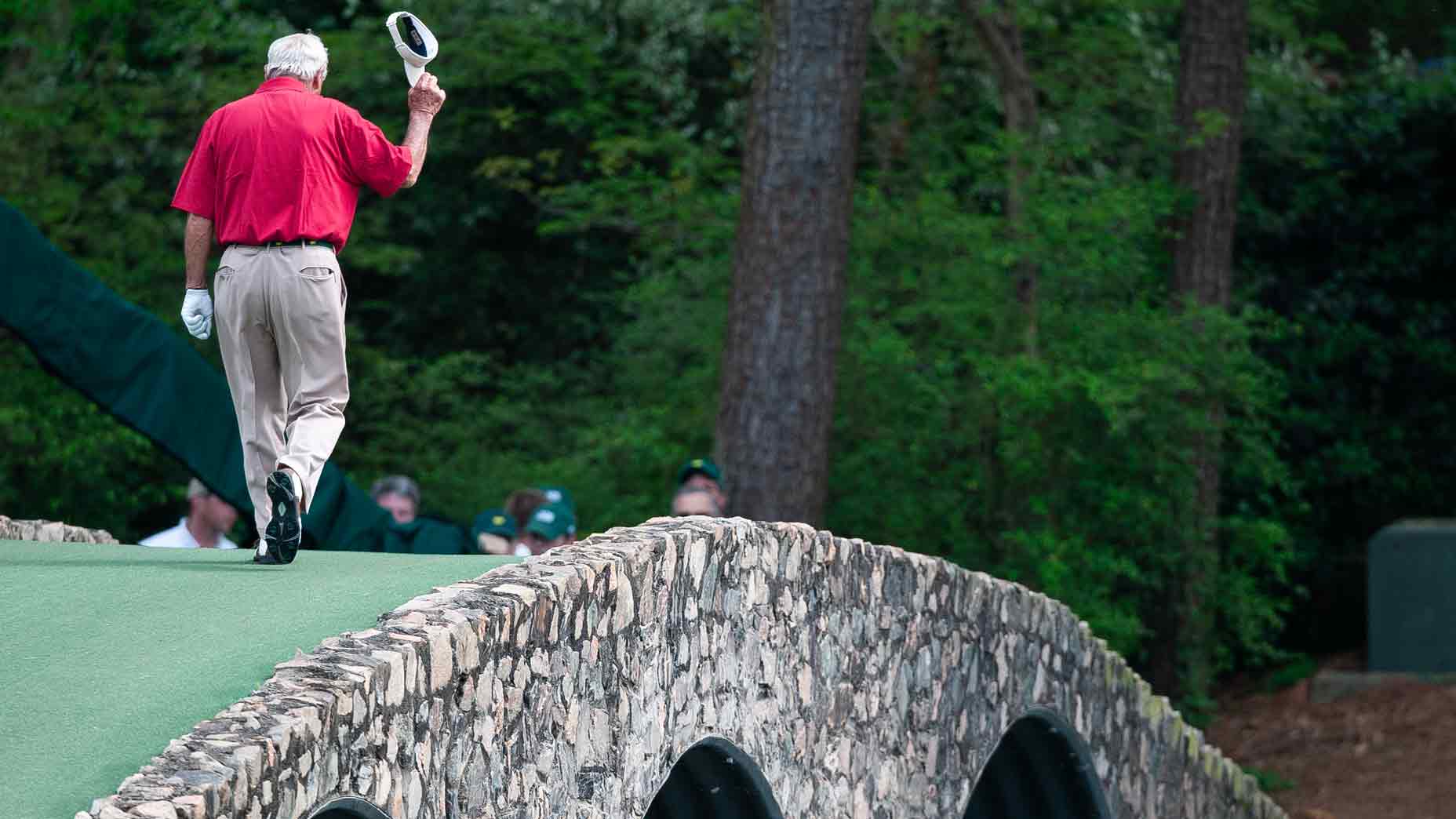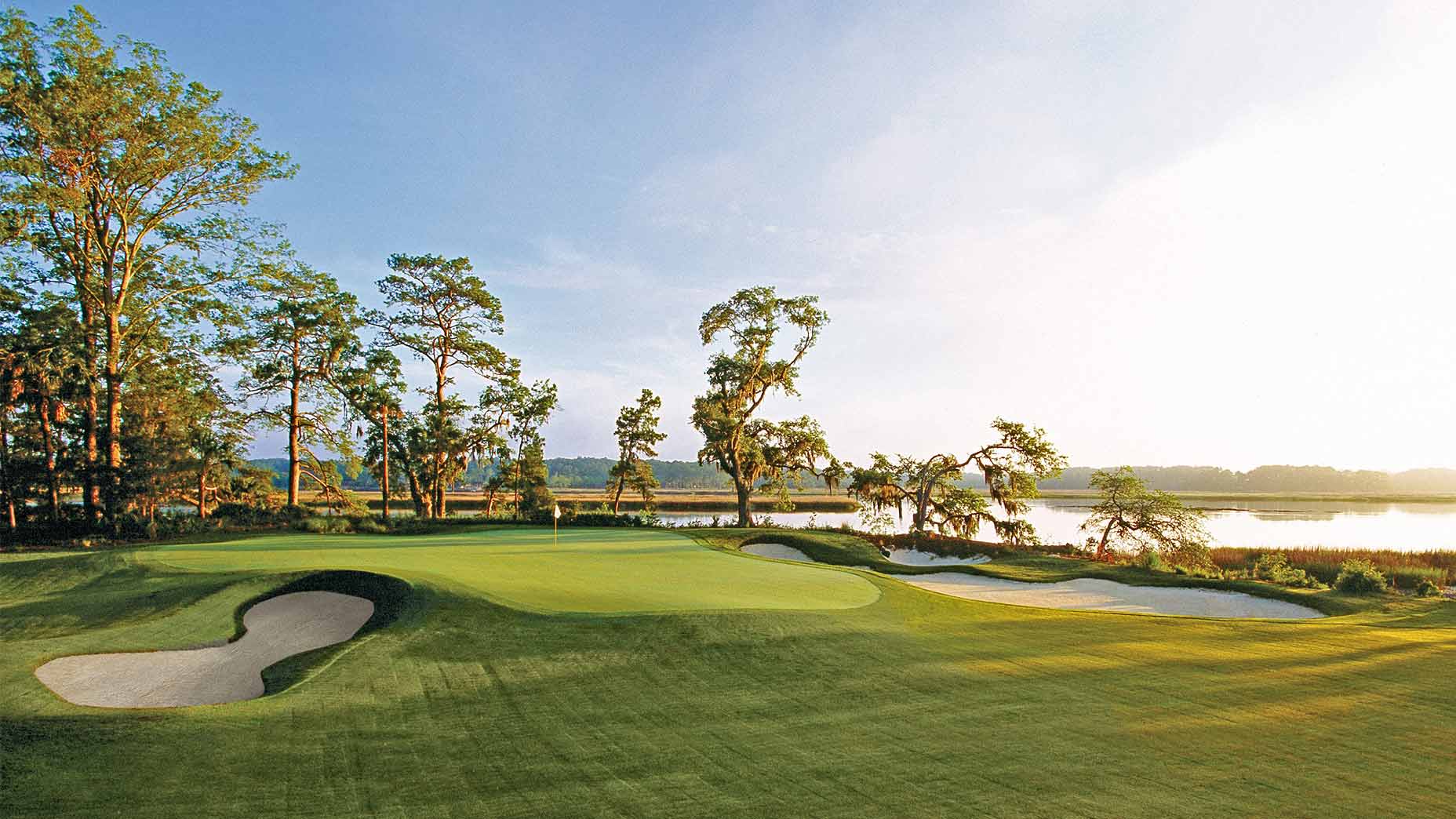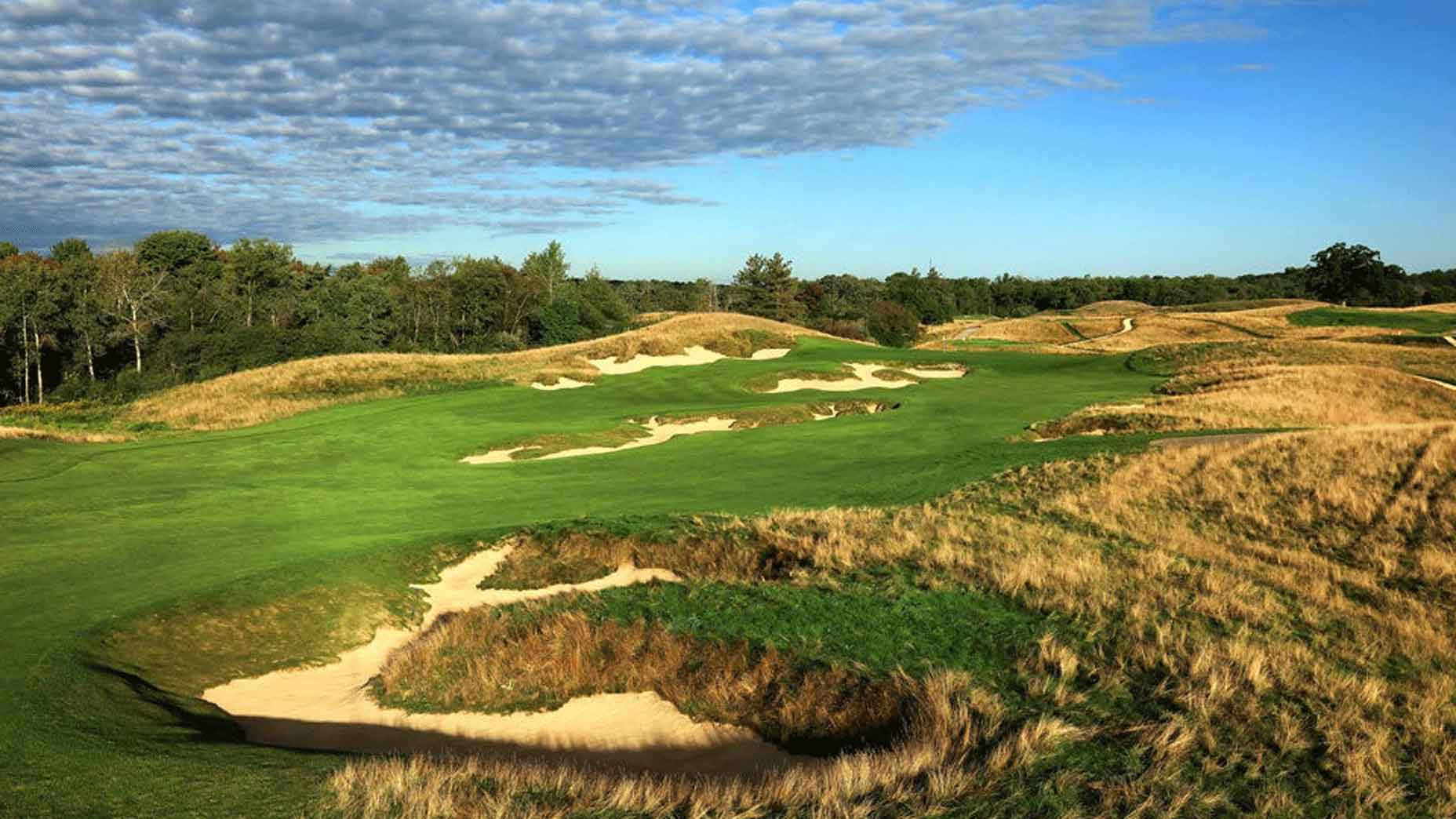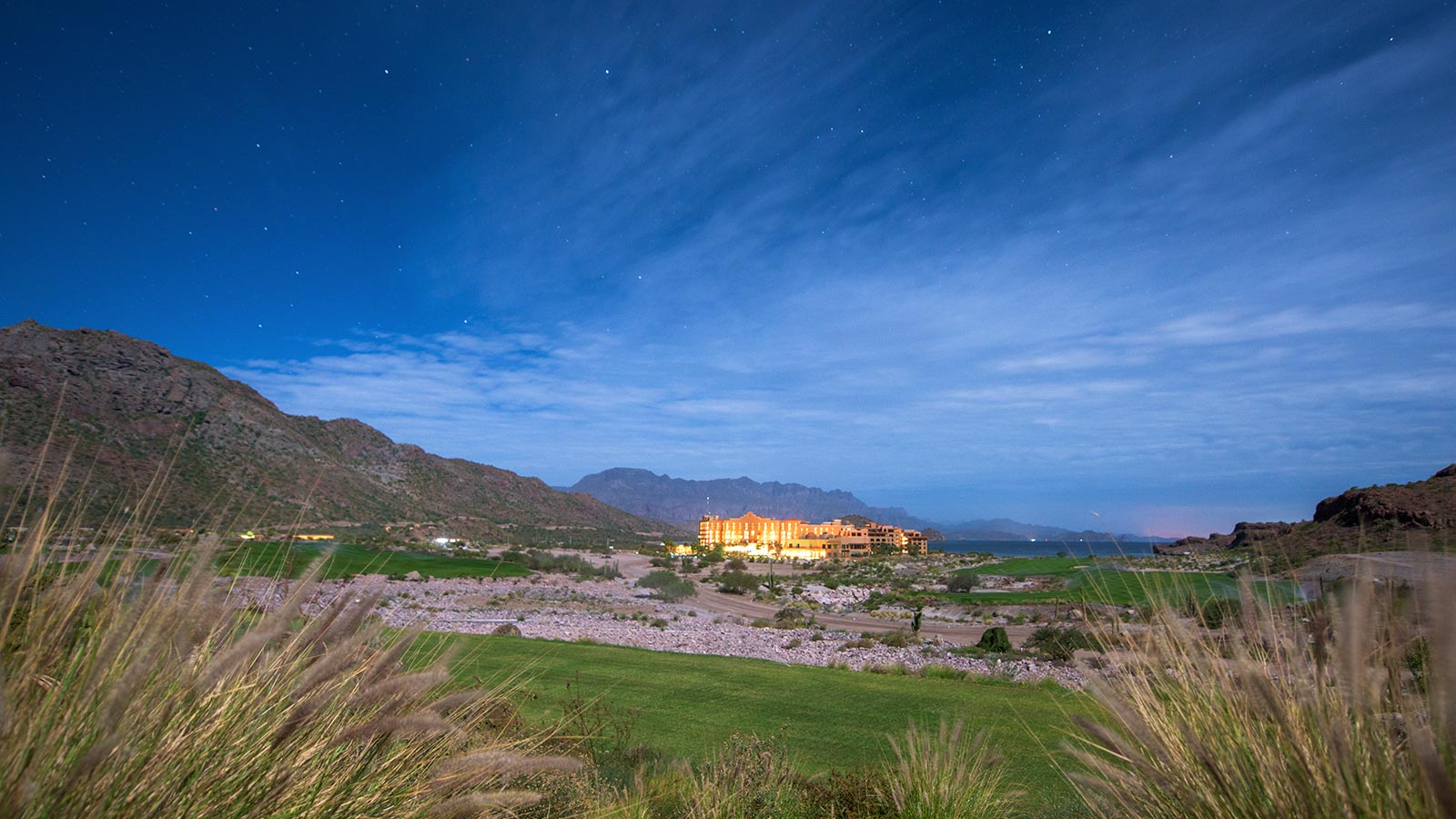Travel
Golf in Cuba: A game of infinite hope in land of perpetual promise
In 2009, 50 years after Fidel Castro’s ascension to power, GOLF Magazine visited Cuba for a piece on the past and future of the game there.Top 100 Courses You Can Play: Our staff’s 9 favorite spots
We recently released our latest ranking of the Top 100 Courses You Can Play. Everyone has their favorites — here’s our staff’s picks.Why our Top 100 Courses You Can Play list still is so meaningful
Great course architecture thrives well beyond private clubs. A stunning number of superb courses — like these 100 — are available to all golfers.State-by-state breakdown of GOLF’s Top 100 Courses You Can Play ranking
GOLF’s new Top 100 Courses You Can Play ranking for 2024-25 features 29 states in all. Find out which state has the most top public-access courses here.Top 100 Courses You Can Play in the U.S. for 2024-25: America’s best public golf
Our all-new ranking of the best public golf courses in the U.S. is another reminder that great architecture is accessible to all.Why this Top 100 course feels like it’s anywhere but Central Florida
For the last 10 years, Streamsong has been a major player in the resort golf game. But you won’t find typical Florida golf courses there.Golf in paradise easily made this course my favorite I played this year
If you’re looking for an elite Caribbean golf destination, Cap Cana’s Punta Espada is the perfect place to soak in the sun.Are you a well-traveled golfer? Check out our Top 100 Courses T-shirt
Wear this great conversation starter on your next buddies trip and compare your favorite golf courses right from the back of your tee.Best golf courses in Wyoming for 2024-25
These are the best golf courses in Wyoming, according to GOLF Magazine’s 2024-25 ranking by its expert panel of course raters.Best golf courses in Wisconsin for 2024-25
These are the best golf courses in Wisconsin, according to GOLF Magazine’s 2024-25 ranking by its expert panel of course raters.Best golf courses in West Virginia for 2024-25
These are the best golf courses in West Virginia, according to GOLF Magazine’s 2024-25 ranking by its expert panel of course raters.Best golf courses in Washington for 2024-25
These are the best golf courses in Washington, according to GOLF Magazine’s 2024-25 ranking by its expert panel of course raters.Best golf courses in Virginia for 2024-25
These are the best golf courses in Virginia, according to GOLF Magazine’s 2024-25 ranking by its expert panel of course raters.Best golf courses in Vermont for 2024-25
These are the best golf courses in Vermont, according to GOLF Magazine’s 2024-25 ranking by its expert panel of course raters.Best golf courses in Utah for 2024-25
These are the best golf courses in Utah, according to GOLF Magazine’s 2024-25 ranking by its expert panel of course raters.So close! These 25 courses missed our latest Top 100 World list by the narrowest of margins
When we update our Top 100 World list two years from now, it would be no surprise to see some of these courses break into the mix.What are the best values on GOLF’s Top 100 Courses in the World list?
GOLF released its latest ranking of the Top 100 Courses in the World, and our panelists are here to chime in on the best value golf courses.How Shanqin Bay cracked our newest Top 100 Courses in the World list
GOLF’s latest Top 100 Courses in the World ranking boasts eight newcomers. Here, we’ll introduce you to the rookies. Meet Shanqin Bay.How Royal Cinque Ports cracked our newest Top 100 Courses in the World list
GOLF’s latest Top 100 Courses in the World ranking boasts eight newcomers. Here, we’ll introduce you to the rookies. Meet Royal Cinque Ports.How Machrihanish cracked our newest Top 100 Courses in the World list
GOLF’s latest Top 100 Courses in the World ranking boasts eight newcomers. Here, we’ll introduce you to the rookies. Meet Machrihanish.Can you get a tee time at a Top 100 Course in the World? Here’s your guide
How easy (or difficult?) is it to play the Top 100 Courses in the World? They all require cash, connections or some combination of the two.How Victoria cracked our newest Top 100 Courses in the World list
GOLF’s latest Top 100 Courses in the World ranking boasts eight newcomers. Here, we’ll introduce you to the rookies. Meet Victoria.Course Rater Confidential: Asia-Pacific courses we can’t wait to open
GOLF’s inaugural ranking of the Top 100 Courses in Asia-Pacific is out, but what near-completed courses should we be looking forward to?Course Rater Confidential: What should a first-time traveler know about Asia-Pacific golf?
When it comes to Asia-Pacific golf, what should travelers know about caddie culture, accessibility of courses, tipping, dress codes and more?Course Rater Confidential: Top 100 Asia-Pacific courses we can’t wait to check out (and snubs)
The courses on the newest ranking our raters are especially keen to check out, and which ones are they surprised didn’t make the list at all?Course Rater Confidential: Takeaways from GOLF’s inaugural Top 100 Asia-Pacific ranking
GOLF’s inaugural ranking of the Top 100 Courses in Asia-Pacific has put a spotlight on exciting destinations many U.S. golfers rarely visit.Planning a golf trip to Asia, Australia or New Zealand? Here are 6 things to know
Planning a golf trip to Asia, Australia or New Zealand? Good idea. Here are six things to know before you go to make your trip a breeze.GOLF’s Top 100 ranking of the best golf courses in Asia-Pacific, categorized by country
In GOLF’s inaugural ranking of the Top 100 courses in Asia-Pacific, one country stood out among the rest with 38 courses on the list.GOLF’s first-ever Top 100 Courses in Asia-Pacific ranking will expand your bucket list
Our course raters created GOLF’s first-ever ranking of must-play courses beyond North America and Europe. What’d they find? Pure magic.Southwest Ireland golf-trip planning guide: Best places to play, stay, eat
Thinking about a Southwest Ireland golf trip? Here’s everything you need to know about Lahinch, Ballybunion and the region’s other glories.After 7 weeks of European golf, this hole stands above the rest
The 15th hole at Prestwick Golf Club is just 353 yards long, but it plays unlike anything our writer had seen before.Dream 18: The ultimate routing of our Top 100 Courses in the UK and Ireland ranking
Exclusive for InsideGOLF members, we selected the best 18 holes among our Top 100 Courses in the UK and Ireland ranking. Start salivating.The best golf courses in Scotland | 2022 ranking
GOLF recently released its Top 100 Courses in the UK and Ireland ranking. Here are the best courses in Scotland.The best golf courses in England | 2022 ranking
GOLF recently released its Top 100 Courses in the UK and Ireland ranking. Here are the best courses in England.The best golf courses in Ireland and Northern Ireland | 2022 ranking
GOLF recently released its Top 100 Courses in the UK and Ireland ranking. Here are the best courses in Ireland and Northern Ireland.Want to play the best courses in the UK and Ireland? Options are endless
Whatever tickles your fancy, there’s a trip abroad to be had — one of the best investments you’ll ever make in your game.How a Masters champion coped with controversy after his win
A scoring error at the 1968 Masters knocked Roberto De Vicenzo out of a potential playoff. It also distracted from Bob Goalby’s win.His father won the Masters, affording him unique view of Augusta National
Bob Goalby’s Masters win in 1968 remains one of many memorable moments in the life and career of his son, Kye.What are the best clubhouse bars? 2 experts go deep
As much as we love debating which courses are the best, we also enjoy arguing over which clubs have the finest 19th holes.Jacksonville’s best golf courses: 6 great public options near TPC Sawgrass
With the Players Championship underway at TPC Sawgrass, here’s a look at other top-notch public courses in the Jacksonville area.The most underrated countries for golf, according to 2 golf-travel experts
In a world filled with great golf destinations, some countries get overlooked. Here are 8 that deserve more attention.Orlando’s best public golf courses: Where to play near Bay Hill
With the Arnold Palmer Invitational underway, all eyes are on Orlando this week. Here are Orlando’s best public golf course options.Grand Geneva Resort in Wisconsin to build new par-3 course
The addition of Wee Nip, a 10-hole par-3 layout, comes at a time of explosive growth in short courses around the country.Golf in Cuba: A game of infinite hope in land of perpetual promise
In 2009, 50 years after Fidel Castro’s ascension to power, GOLF Magazine visited Cuba for a piece on the past and future of the game there.The United Kingdom’s best-kept secret? Its ties to Augusta National
Before Bobby Jones partnered with Alister MacKenzie to design Augusta National, he fell in love with Sunningdale Golf Club across the Atlantic.Augusta National planned a 19th hole. What happened?
Avid golf fans know every one of Augusta National’s 18 holes. But what about plans for the long-lost 19th?!My 7 favorite Augusta-area golf courses, ranked by their accessibility
To fully appreciate the Augusta, Ga., golf scene, you need explore far beyond the emerald fairways of Augusta National.How a Masters champion coped with controversy after his win
A scoring error at the 1968 Masters knocked Roberto De Vicenzo out of a potential playoff. It also distracted from Bob Goalby’s win.How to play the Old Course in reverse — without flying to Scotland
Visitors to driving ranges equipped with Toptracer can play a simulated version of the Old Course at St. Andrews in its reverse routing.Dining at Augusta National? Here’s what that ‘extraordinary’ experience is like
If you think Augusta National is meticulous about course conditions, imagine what it’s like to sit down for a meal in the dining room there.Augusta National planned a 19th hole. What happened?
Avid golf fans know every one of Augusta National’s 18 holes. But what about plans for the long-lost 19th?!Why this low-country gem was my favorite course I played in 2024
Nestled in the low country of South Carolina is Yeamans Hall Club. It awed me with its views — and unlocked striking memories, too.The best 18 holes from our all-new Top 100 Courses You Can Play ranking
If you could build a course by taking 18 of the best holes from 18 world-class courses, what would it look like? We gave it a go.Top 100 Courses You Can Play in the U.S. for 2024-25: America’s best public golf
Our all-new ranking of the best public golf courses in the U.S. is another reminder that great architecture is accessible to all.Top 100 Courses in the U.S. for 2024-25: America’s finest designs, ranked
The 100 best golf courses in the U.S. is a challenging list to compile. But our raters have done it again for our all-new 2024-25 ranking.The most popular golf courses on Instagram, per data
Most golfers love sharing the scenery of the course they’re playing, and these are the most popular ones on Instagram.What saved this cute golf oasis? Money from a surprising source
This municipal pitch-n-putt needed a change. The COVID pandemic arrived, and federal funding gave it a new lease on life.A weekend at Montage Palmetto Bluff: Inside a relaxing Southern getaway (and a tee time at May River)
Montage Palmetto Bluff, located in Bluffton, S.C., has elevated dining, loads of outdoor activities and 18 fantastic golf holes at May River Golf Course.Top 100 Resort of the Week: Erin Hills
Erin Hills brings an Irish vibe to America with superb golf, luxurious, rustic-inspired lodging, a putting course, and so much more. Take a peek inside.Golf’s 2019-2020 Ranking of the Top 100 Resorts in the World
In one of the biggest editorial projects GOLF has ever attempted, we culled the names of 243 rank-worthy resorts spread across North America.Latest Courses Videos

Join InsideGOLF today!
GOLF.com’s membership program is one of the game’s best values. For only $39.99/year, you’ll get access to exclusive content and also a host of discounts and promotions, including…
- FREE Dozen Srixon Z-Star XV Golf Balls
- $20 Instant Credit at Fairway Jockey
- One Year (8 issues) of Golf Magazine (+$79 Newsstand value) – U.S. members Only
- +600 Issue Golf Magazine Digital Archive (1959-Present)
- Bucket-List golf trips and experiences
- FREE True Spec Fitting with any club purchase
- $100 OFF qualified purchases at Miura and Fairway Jockey
- 50% OFF new Golf Logix App/membership
- Plus so much more!



